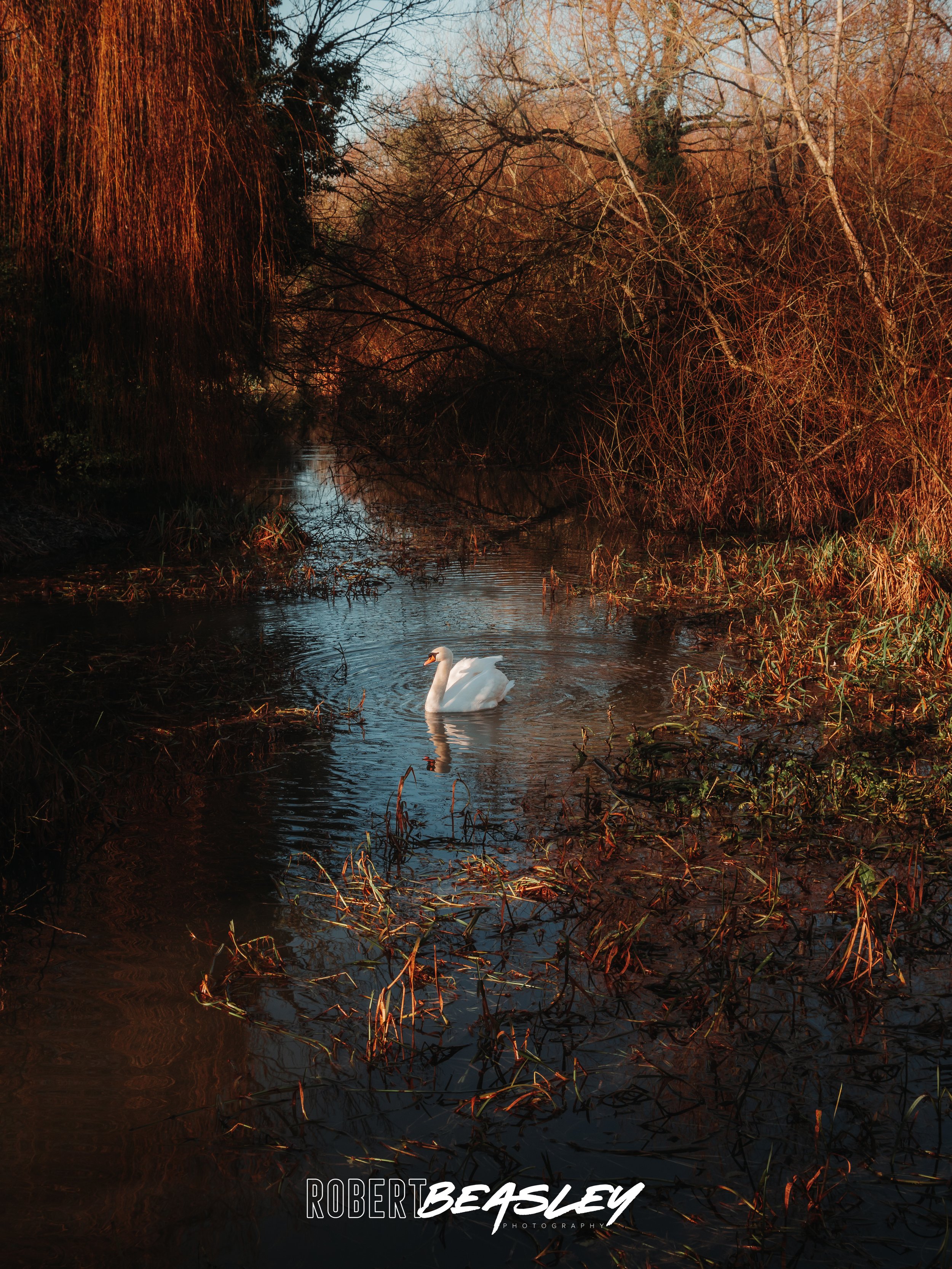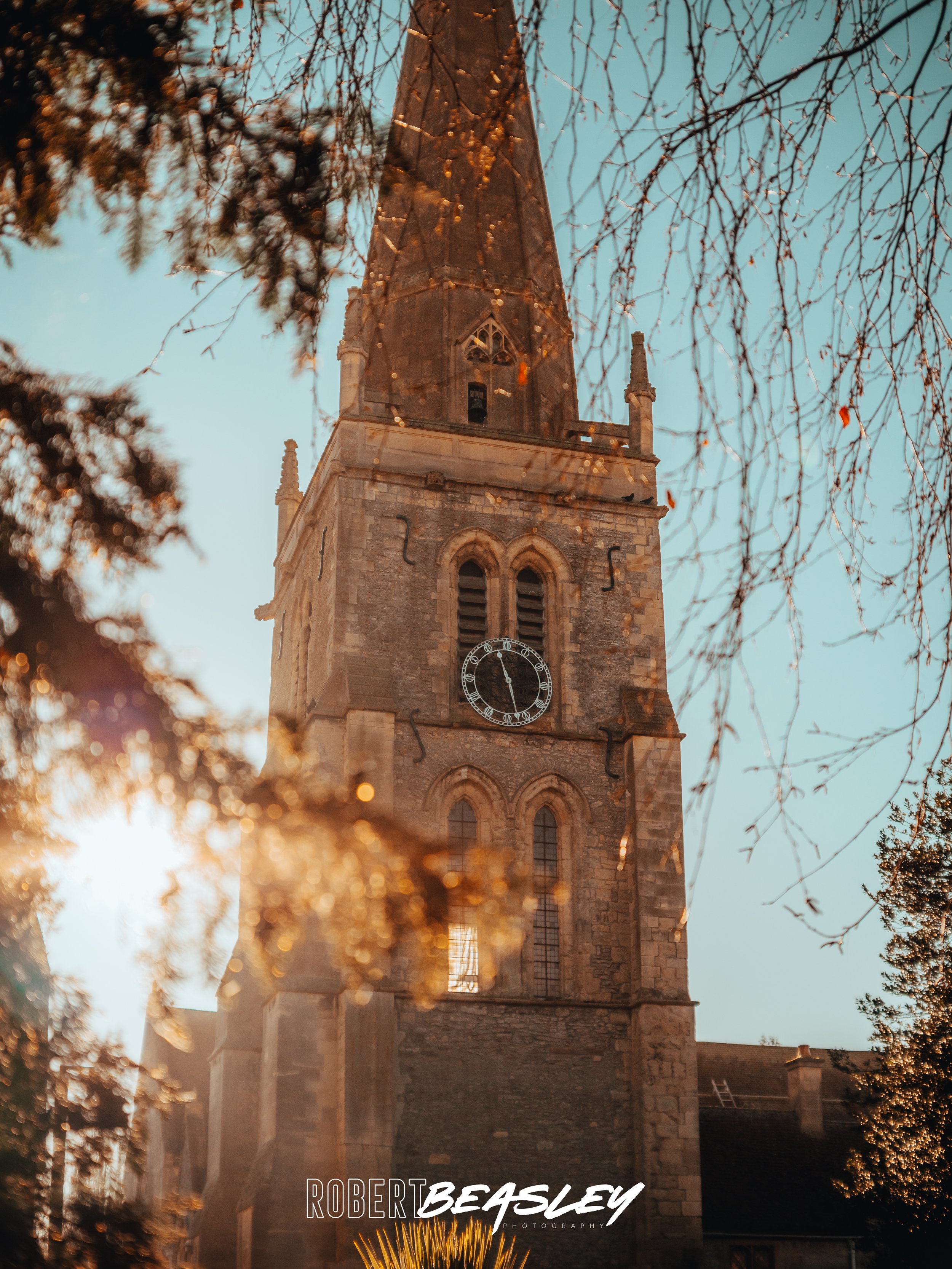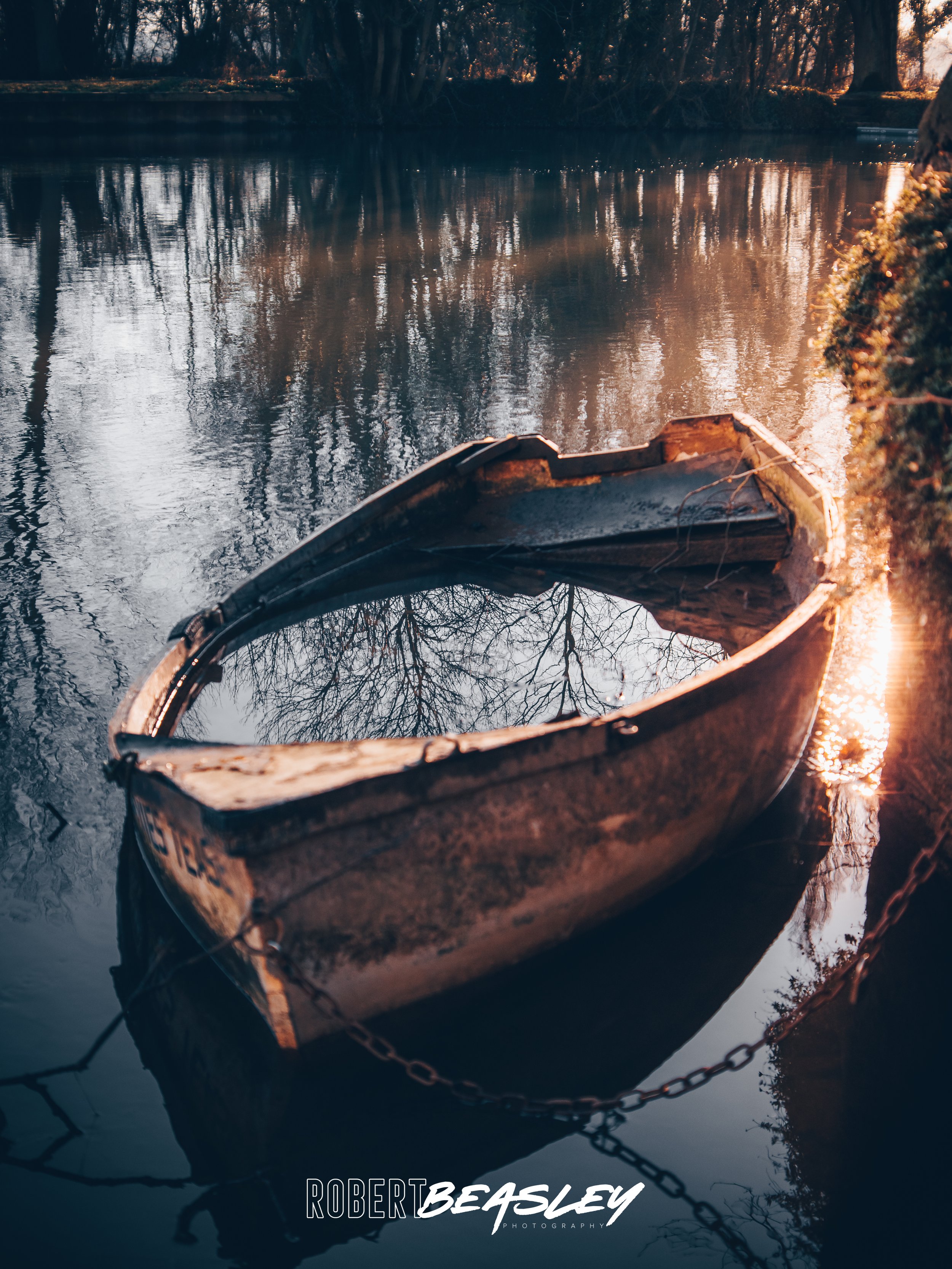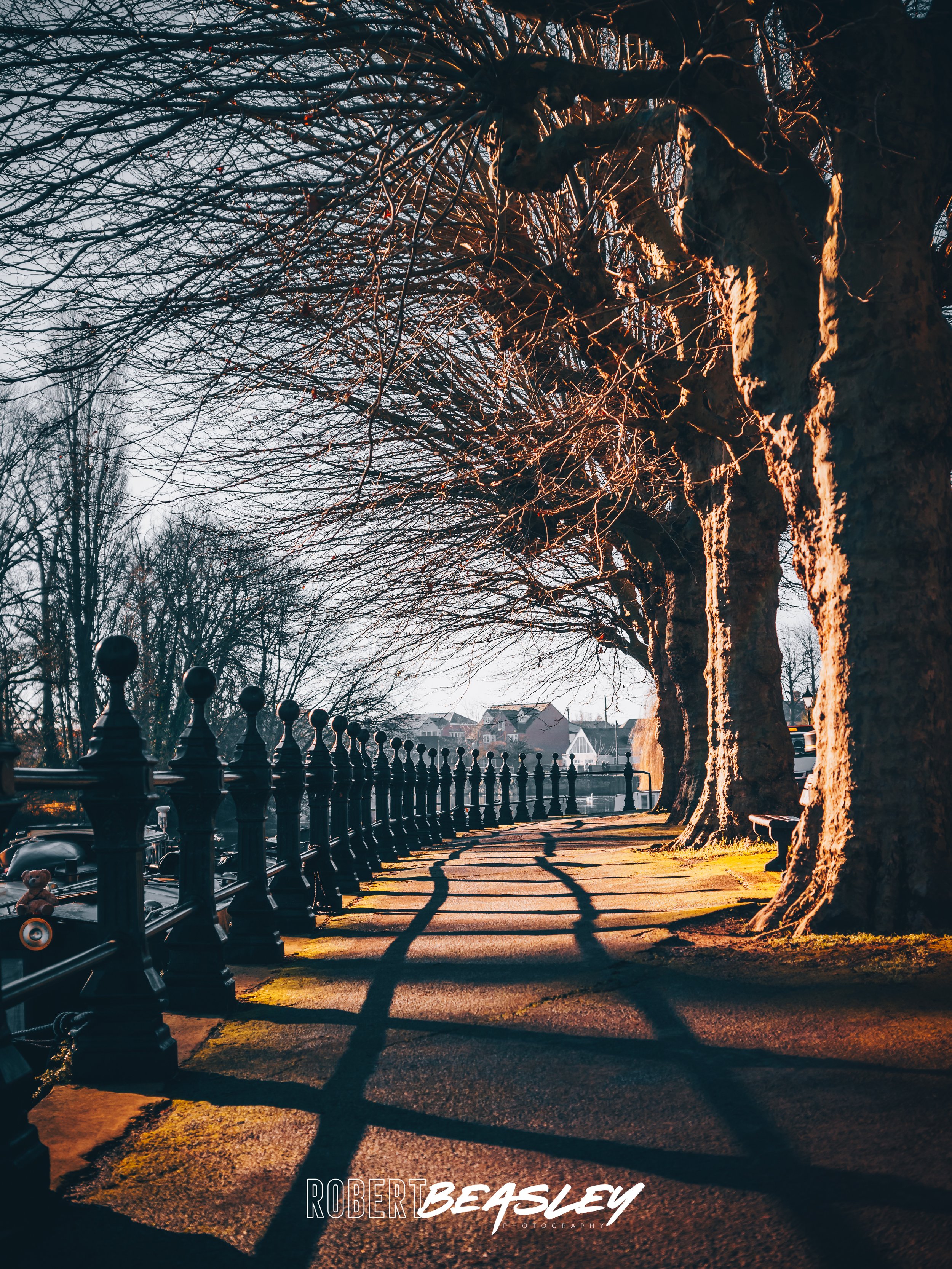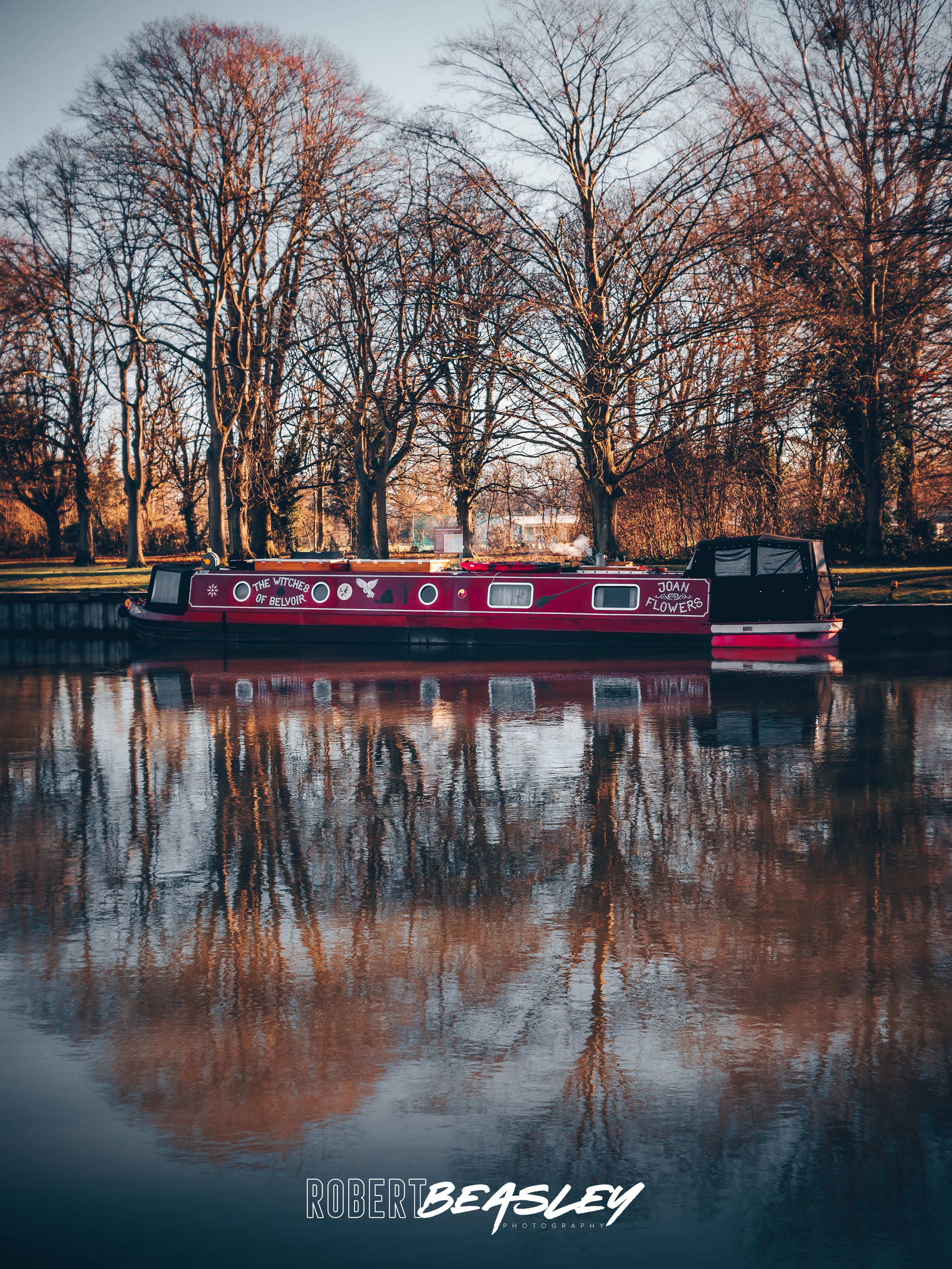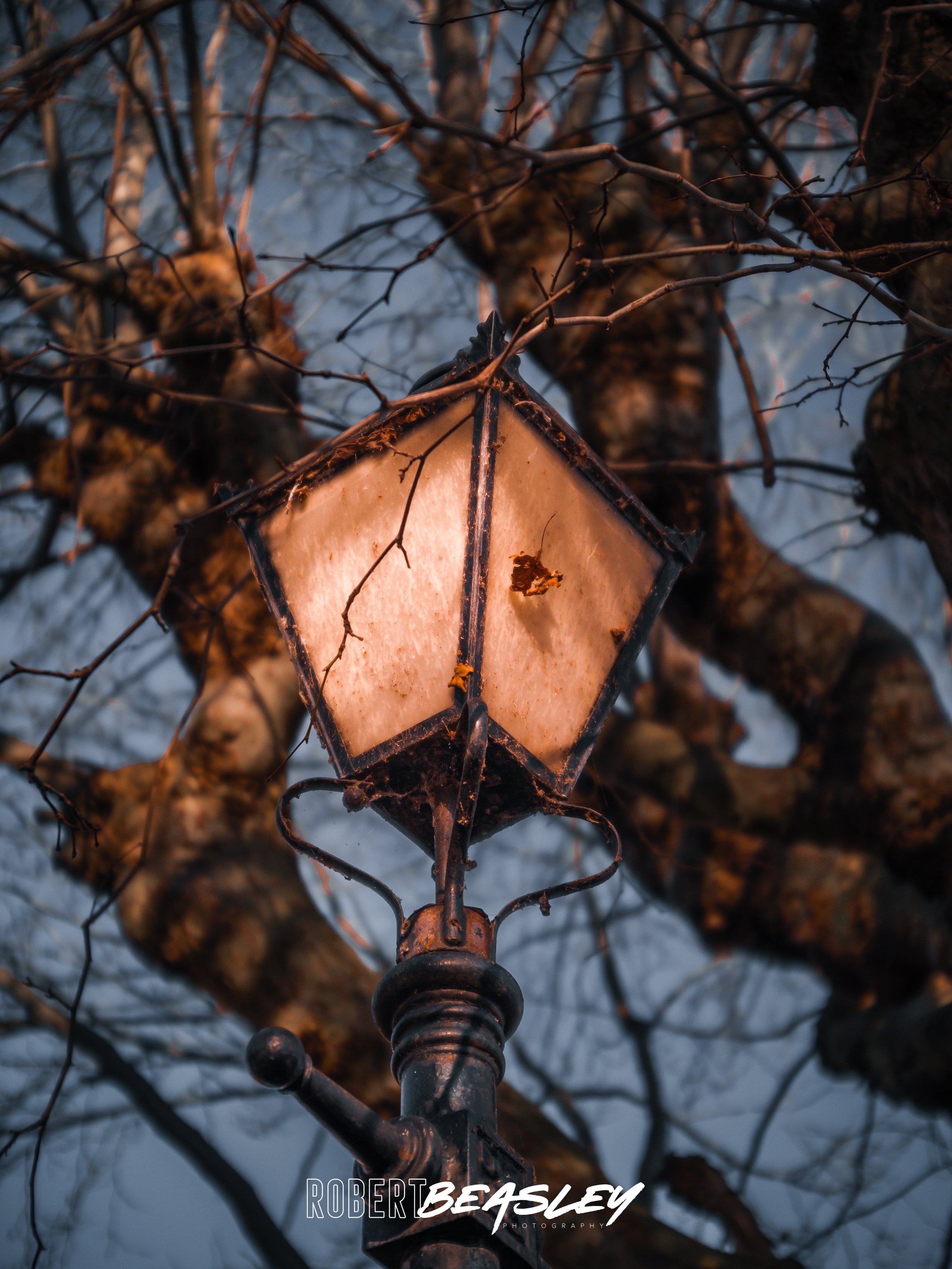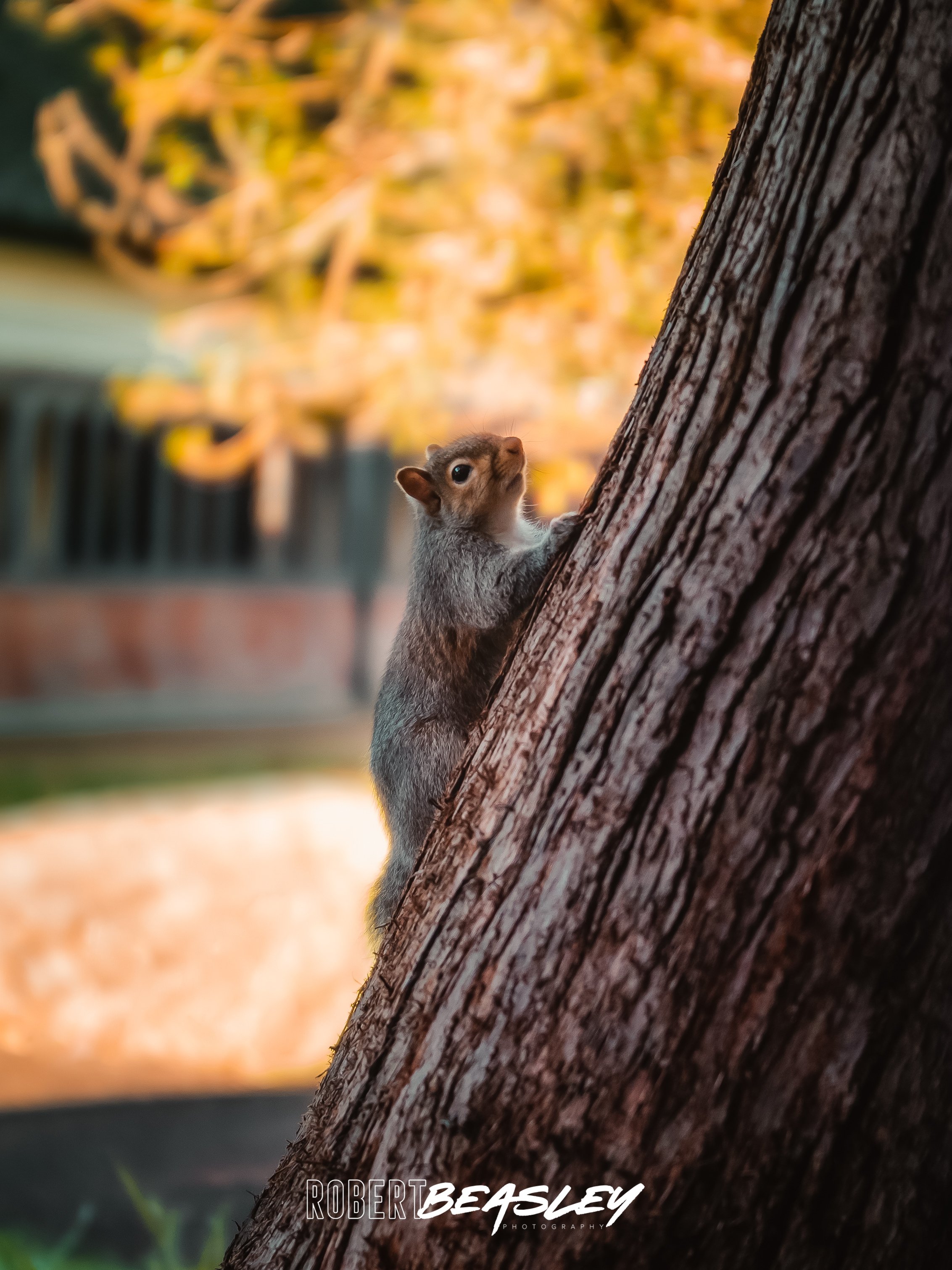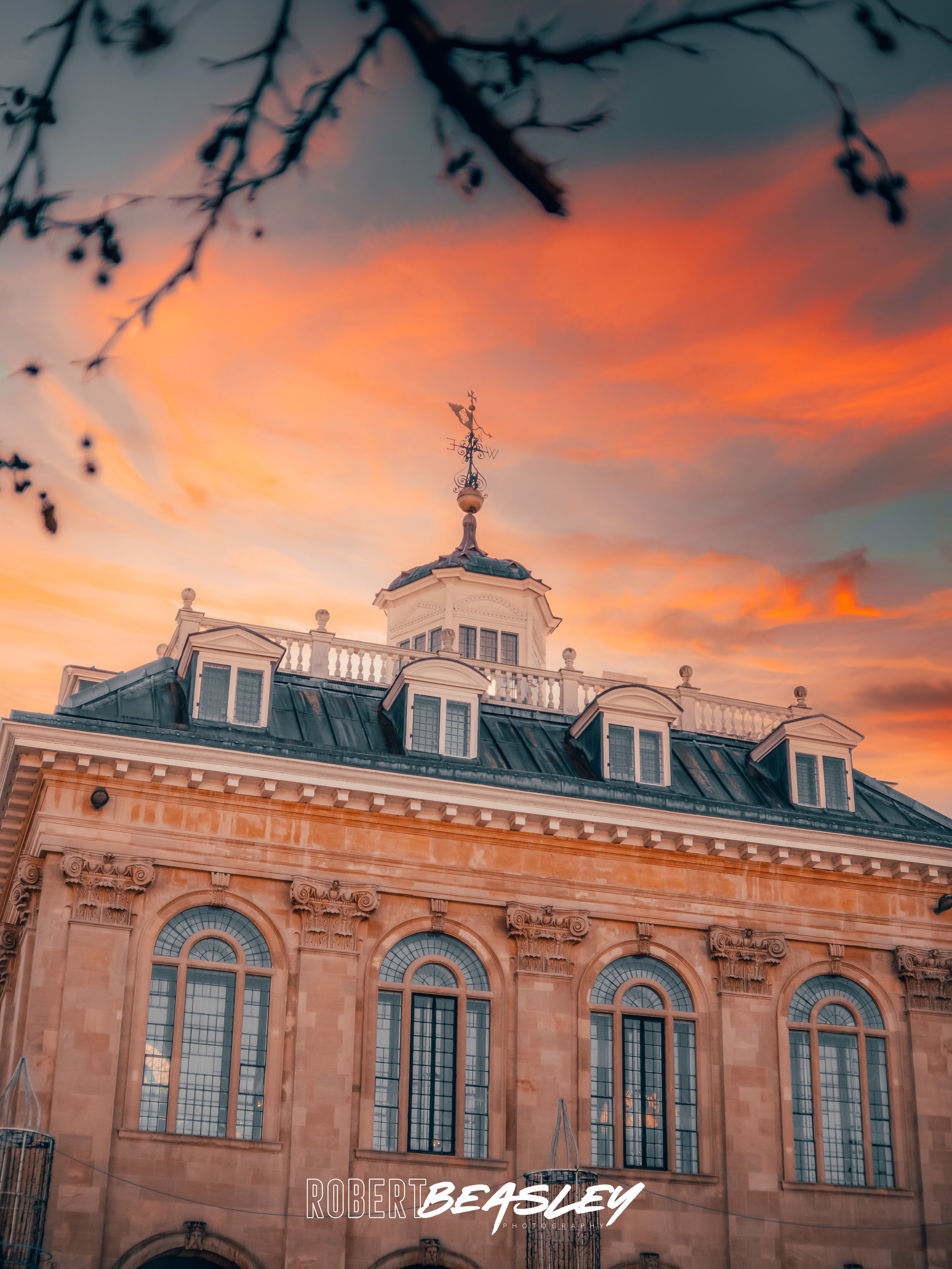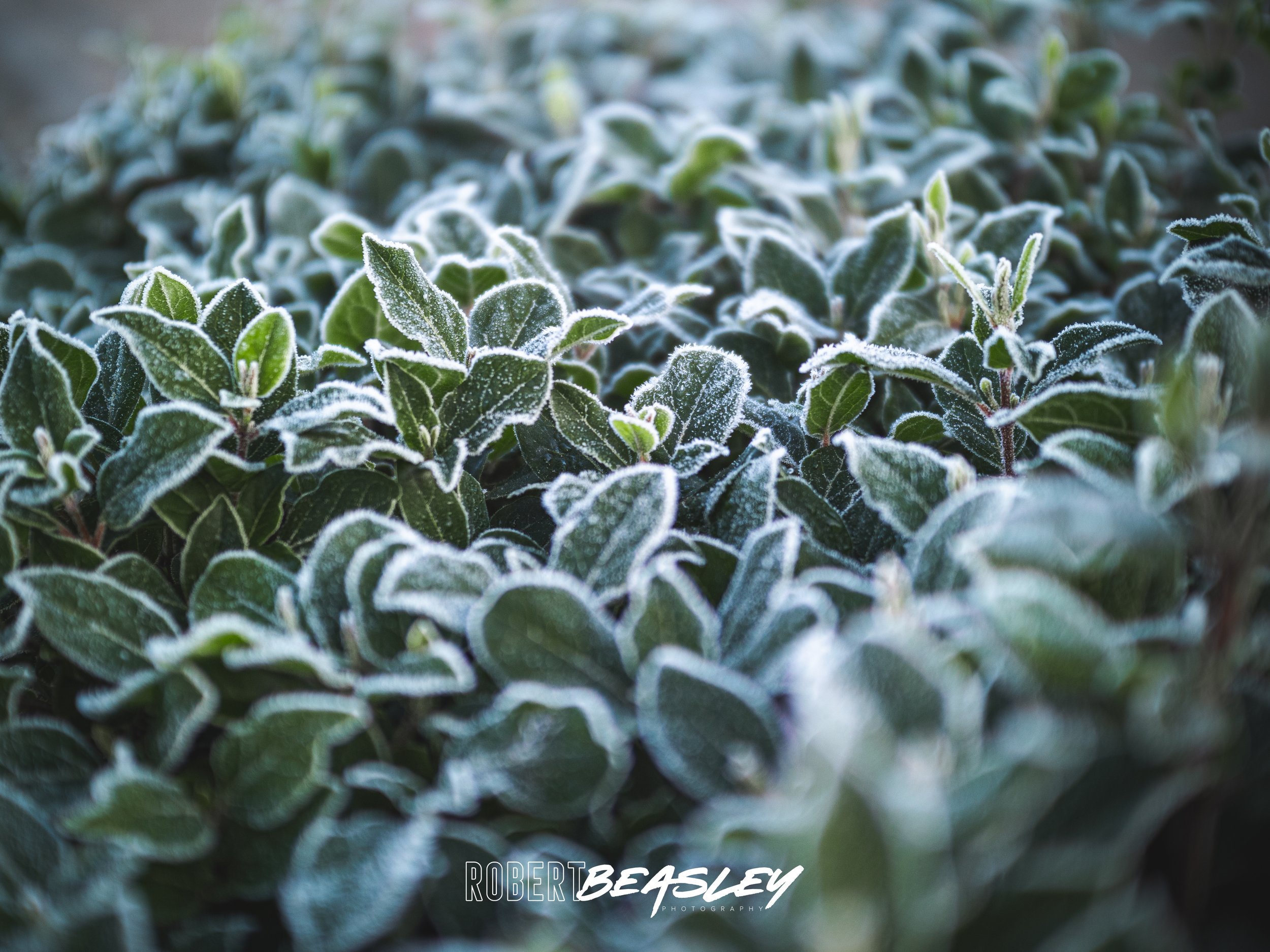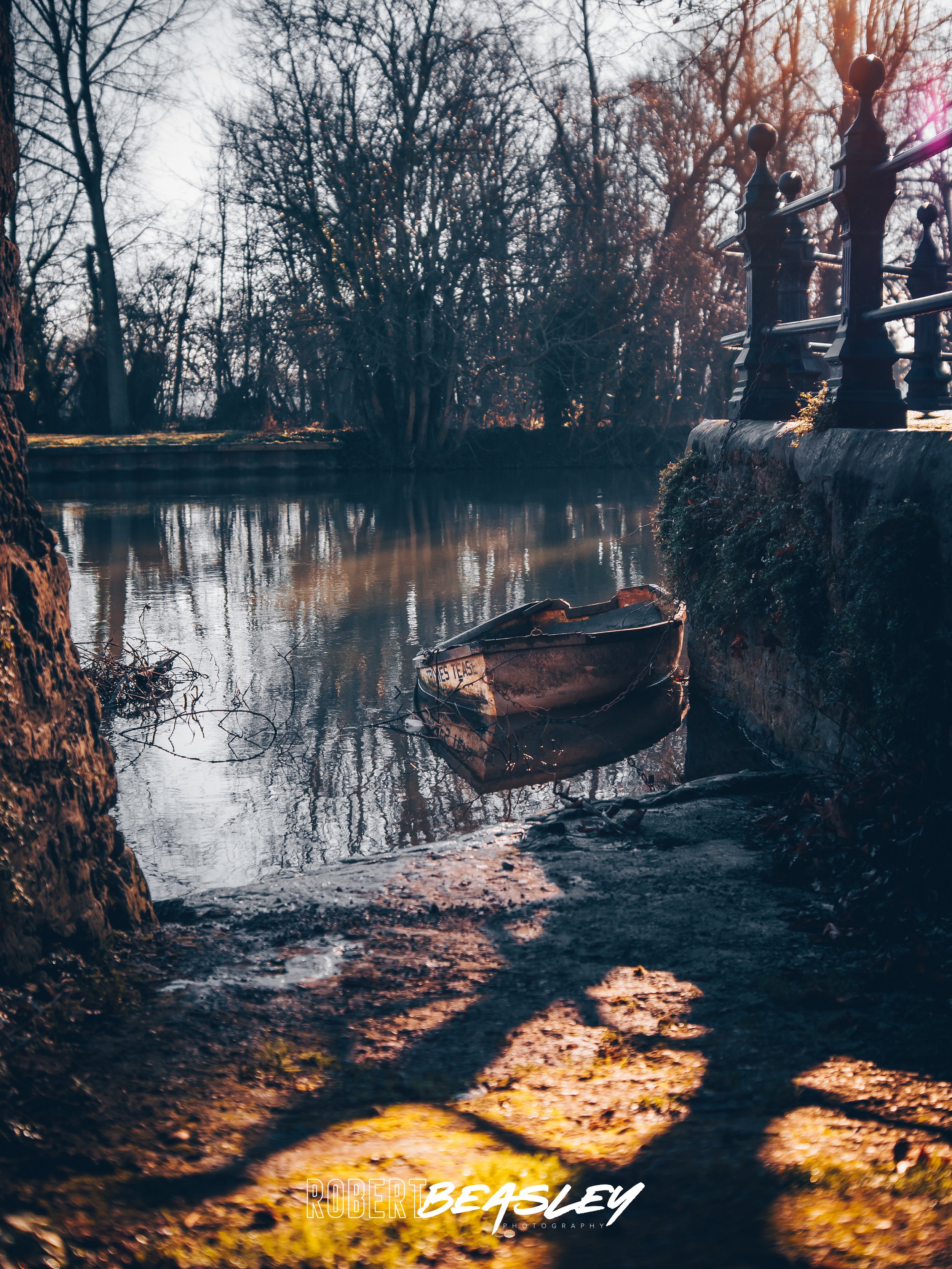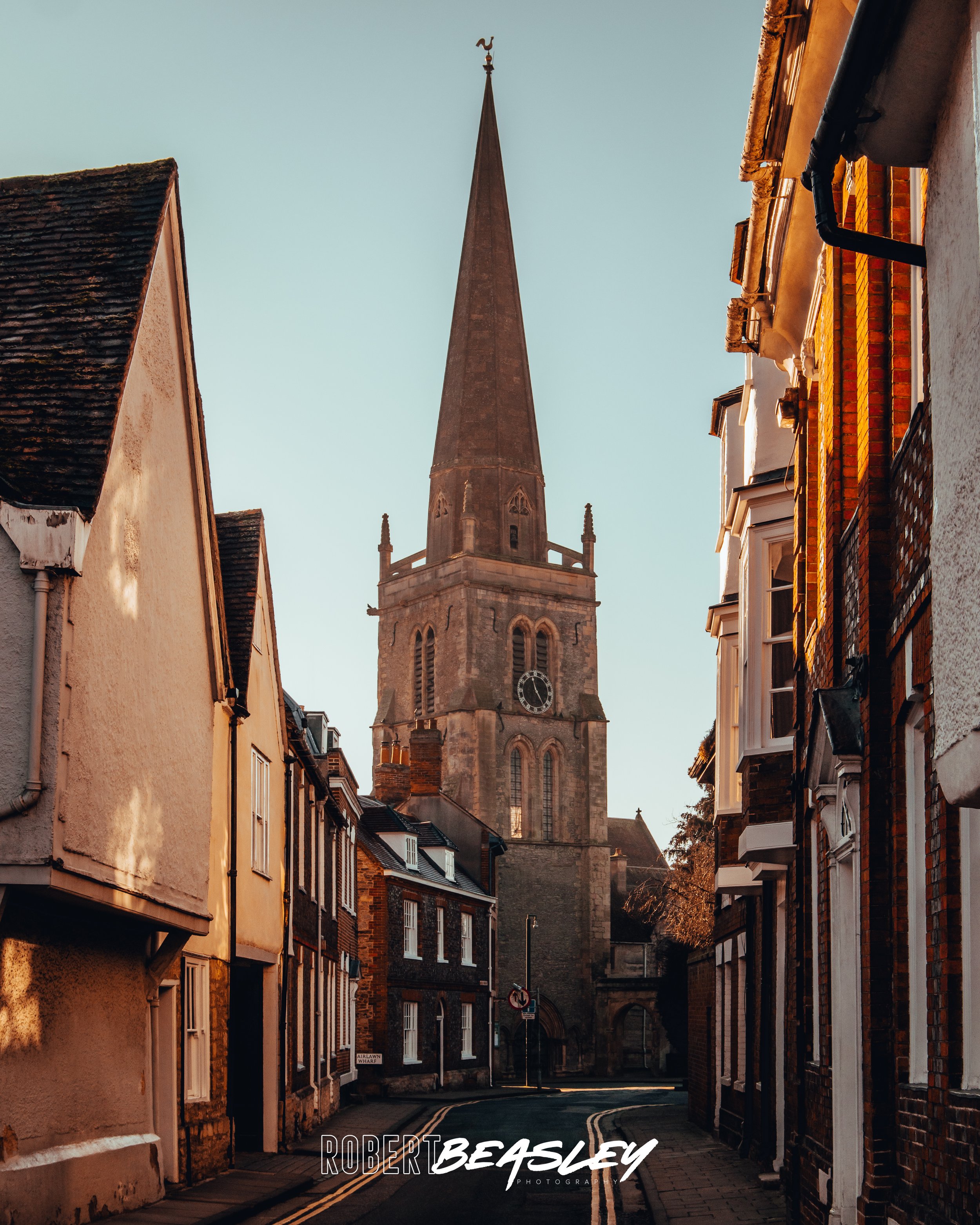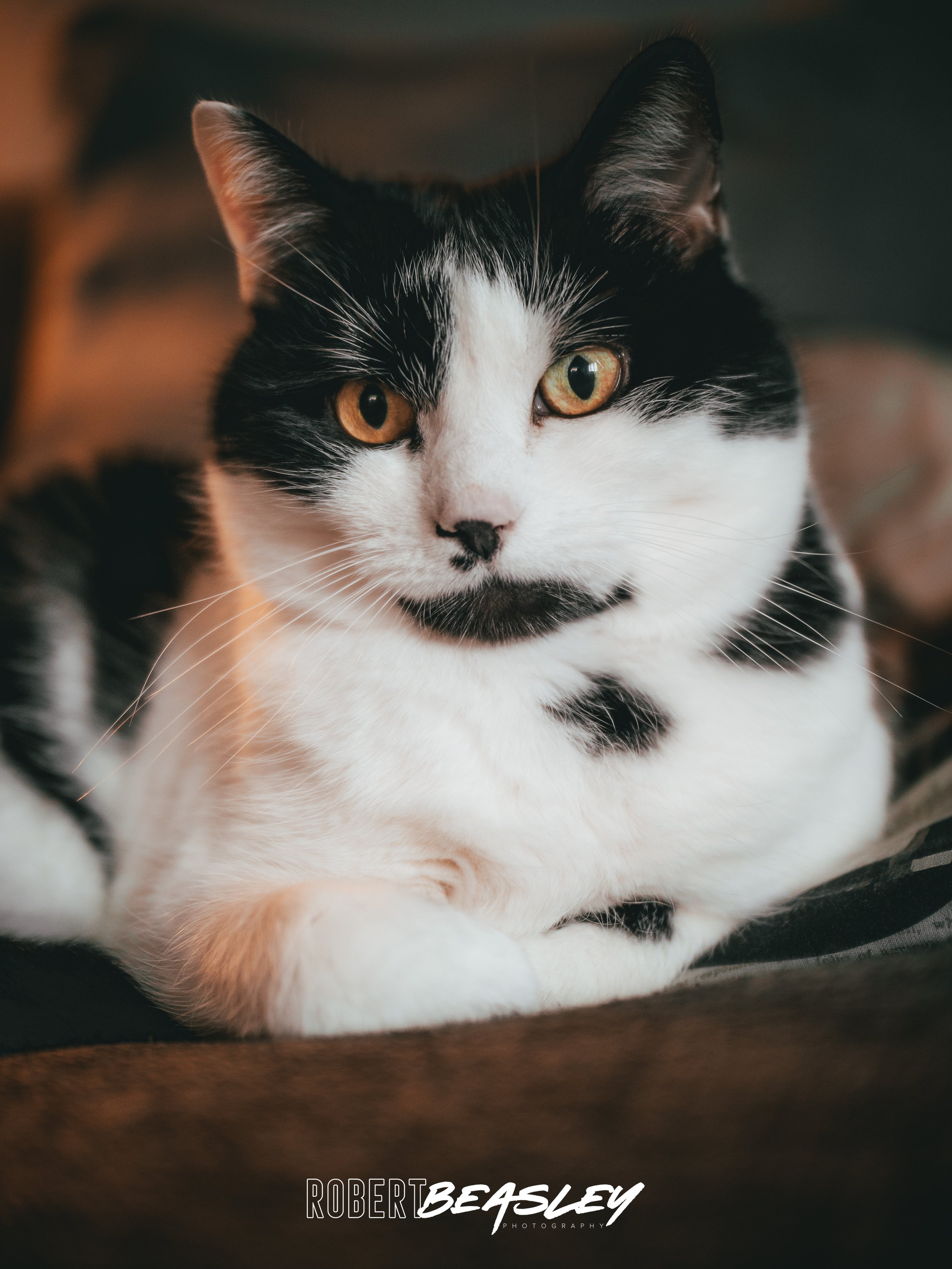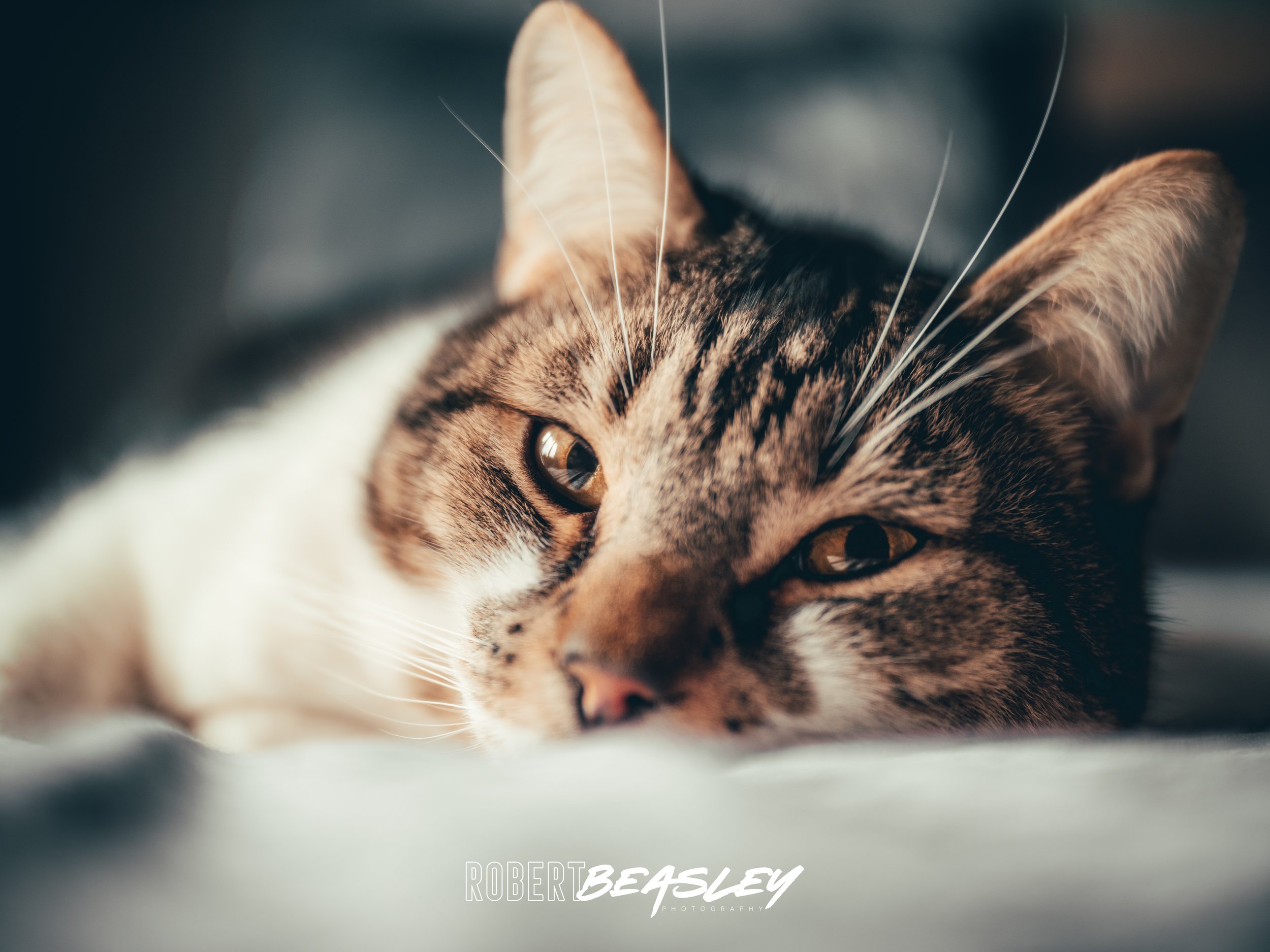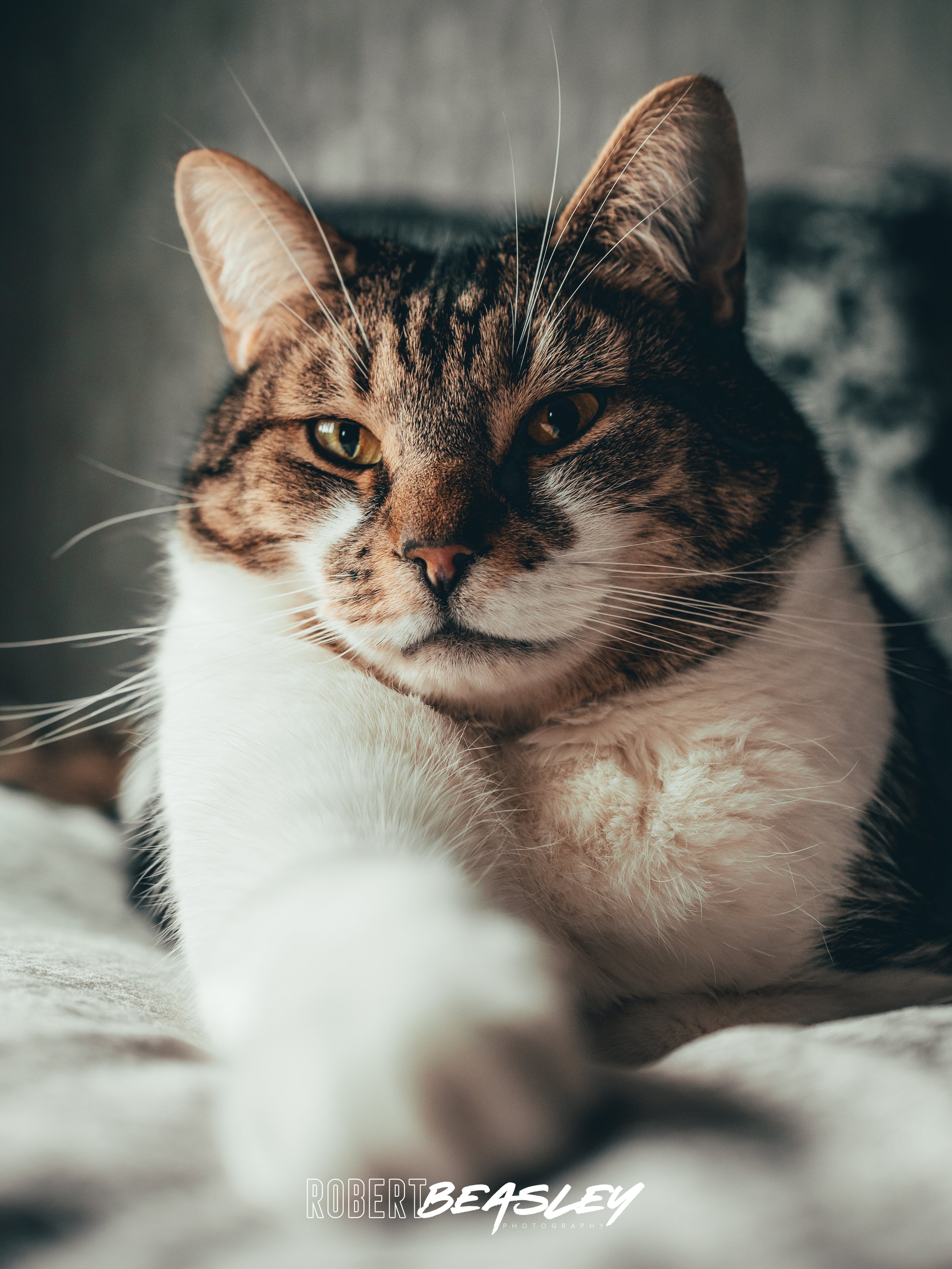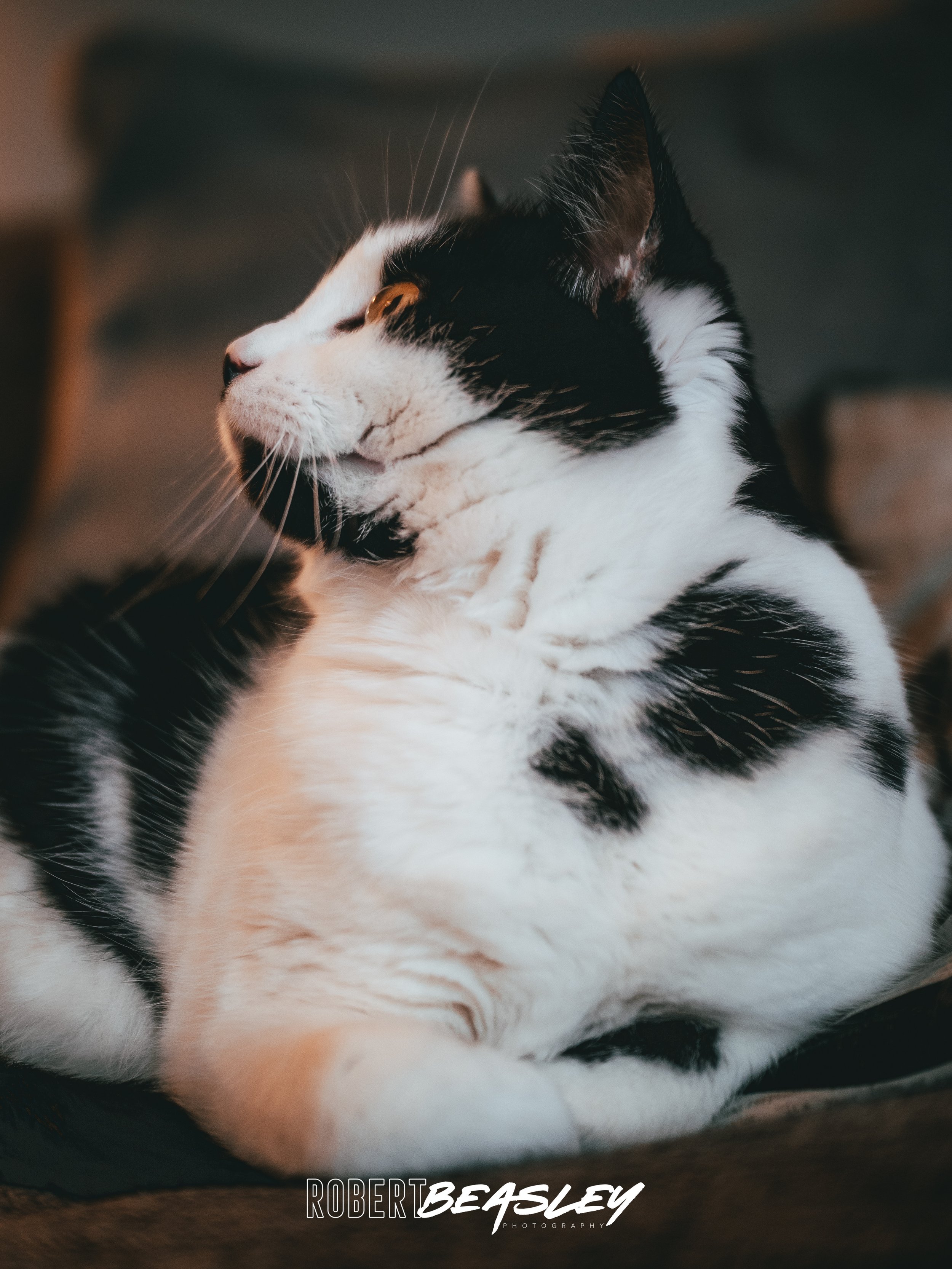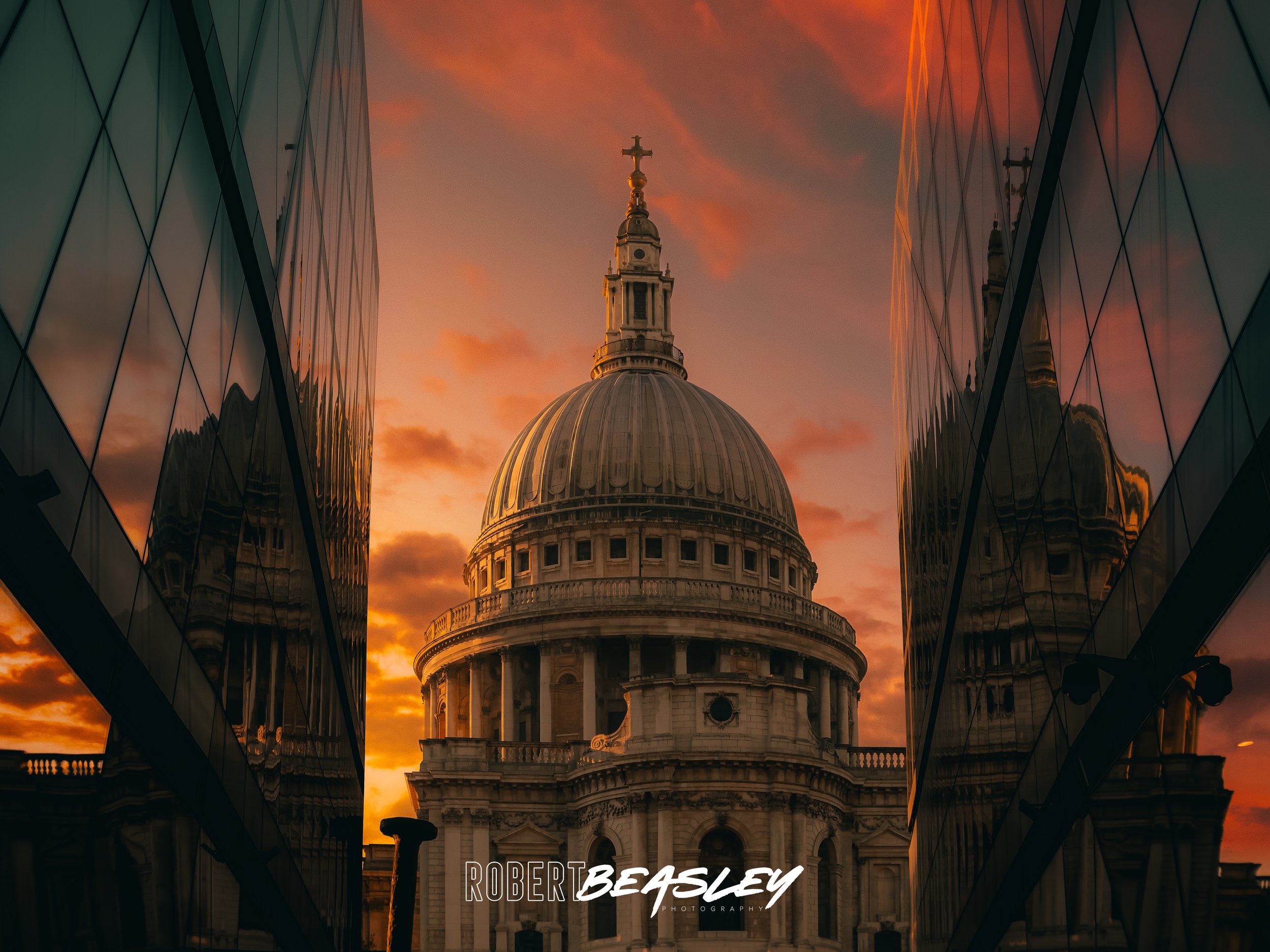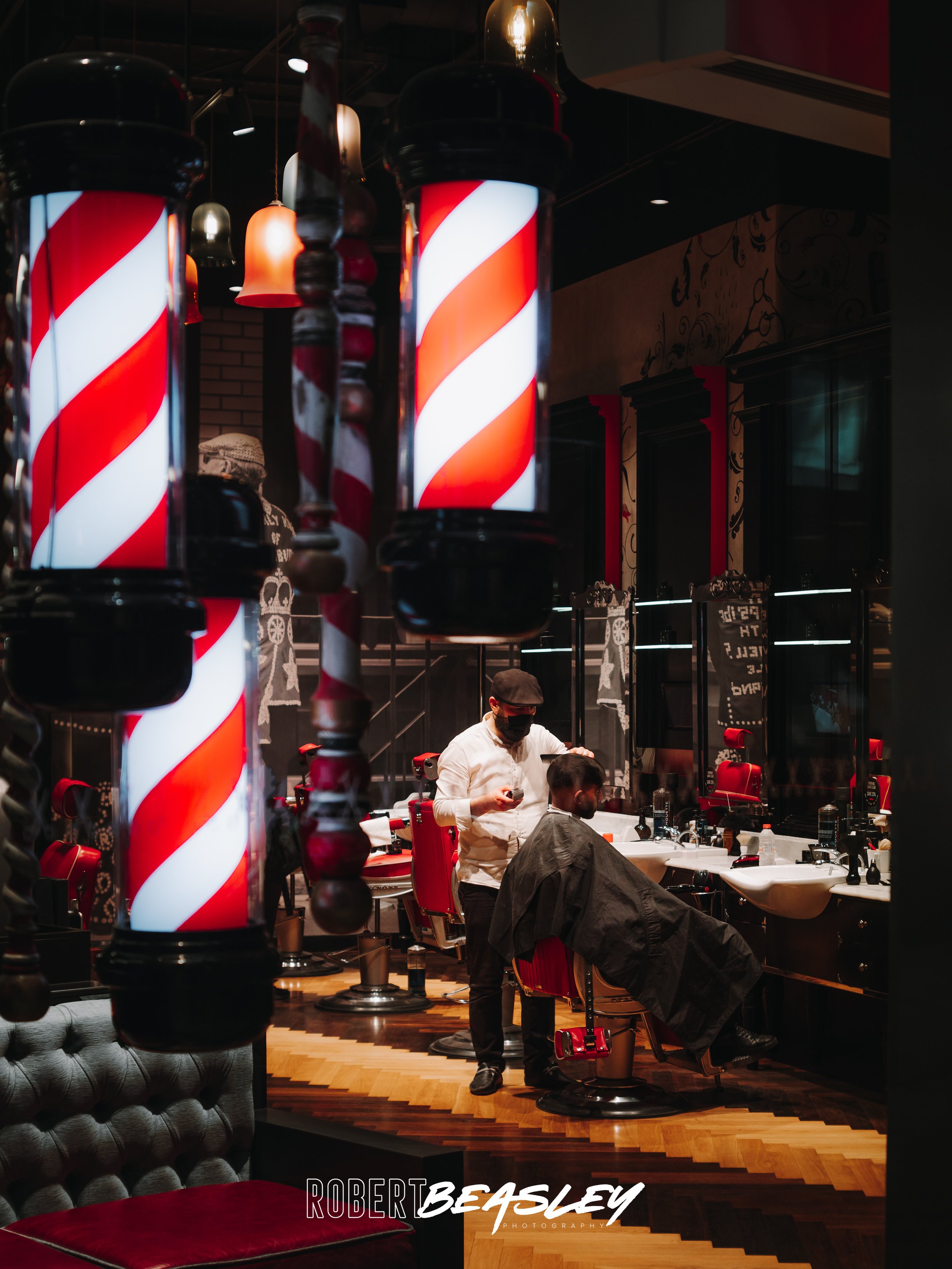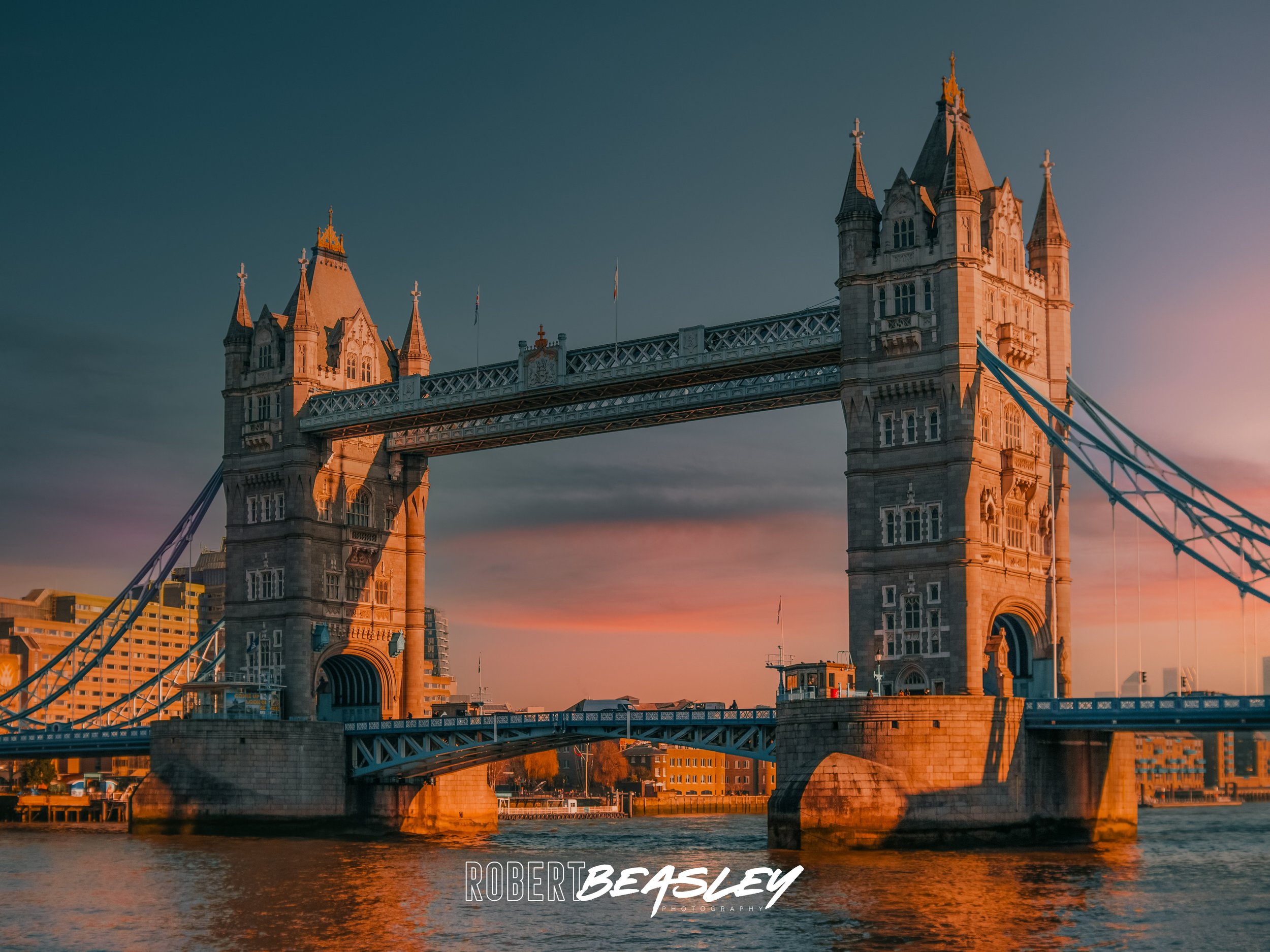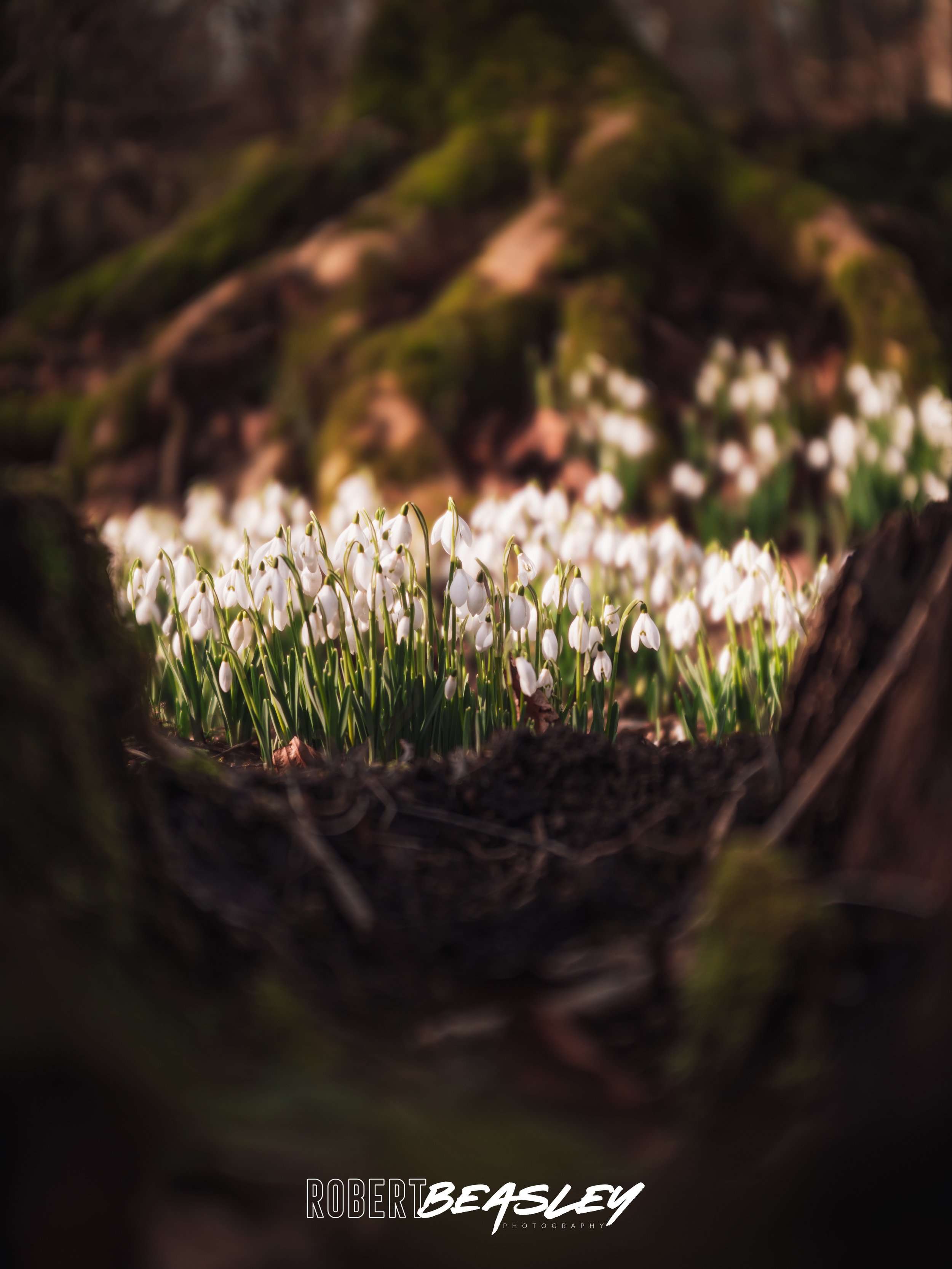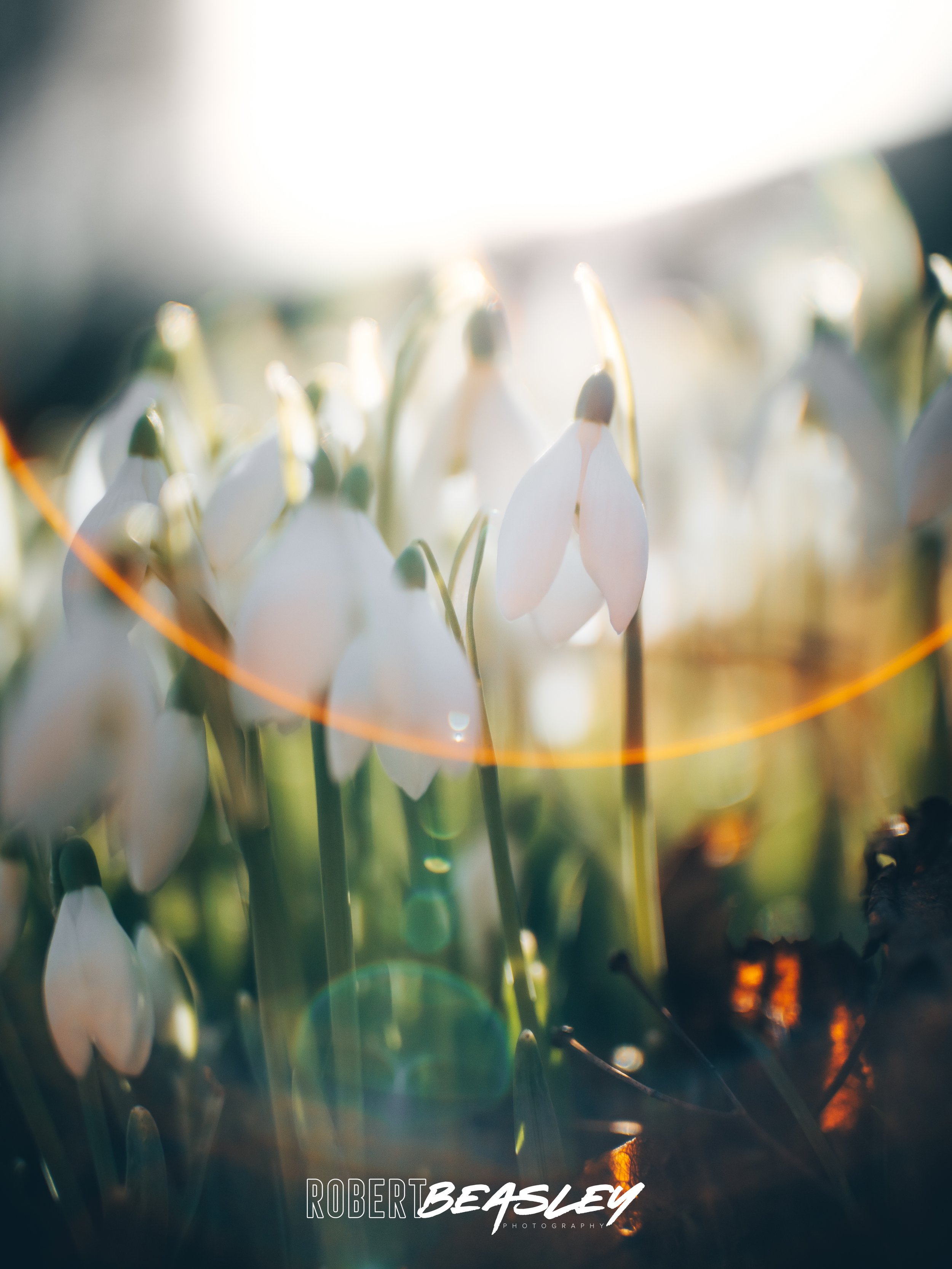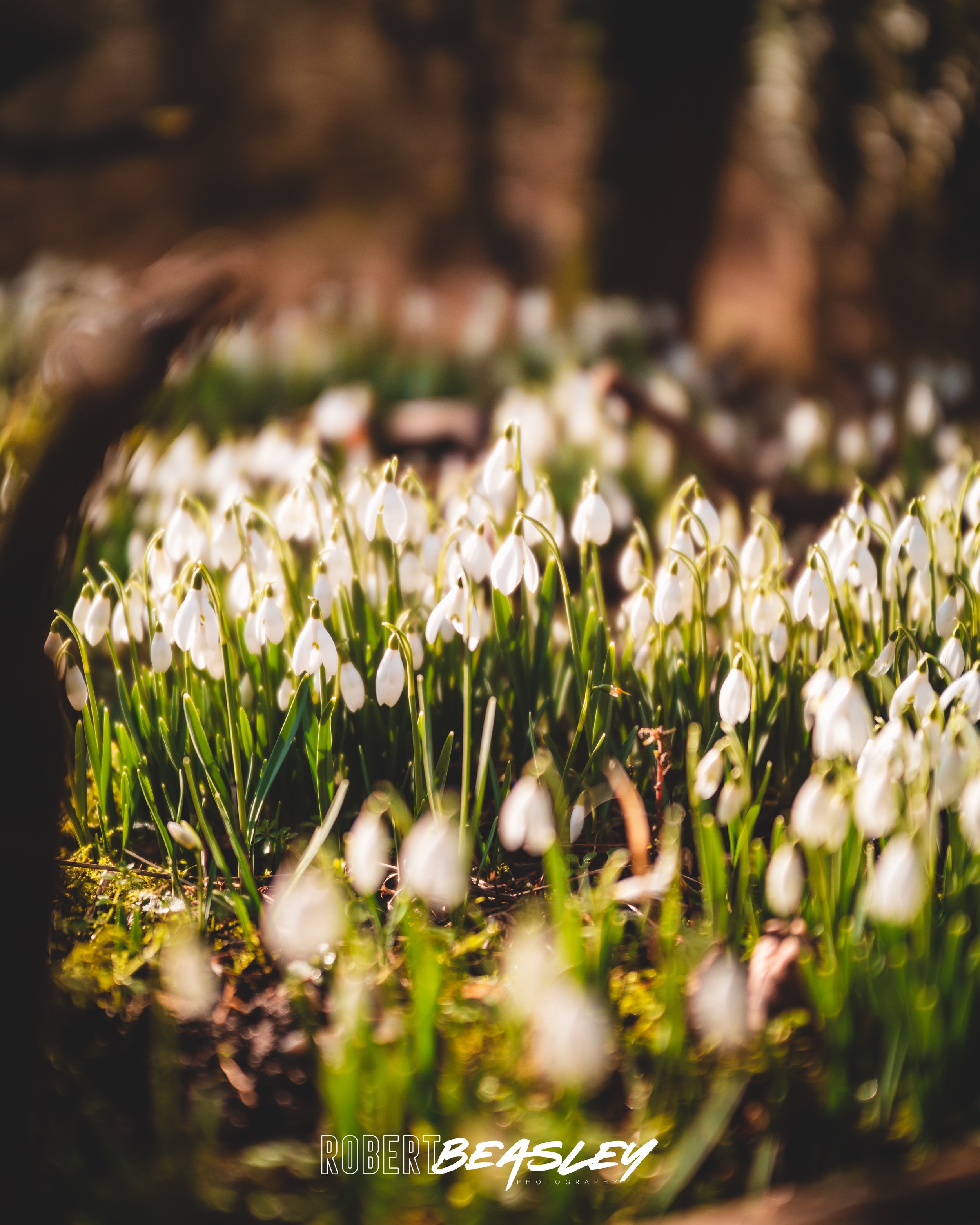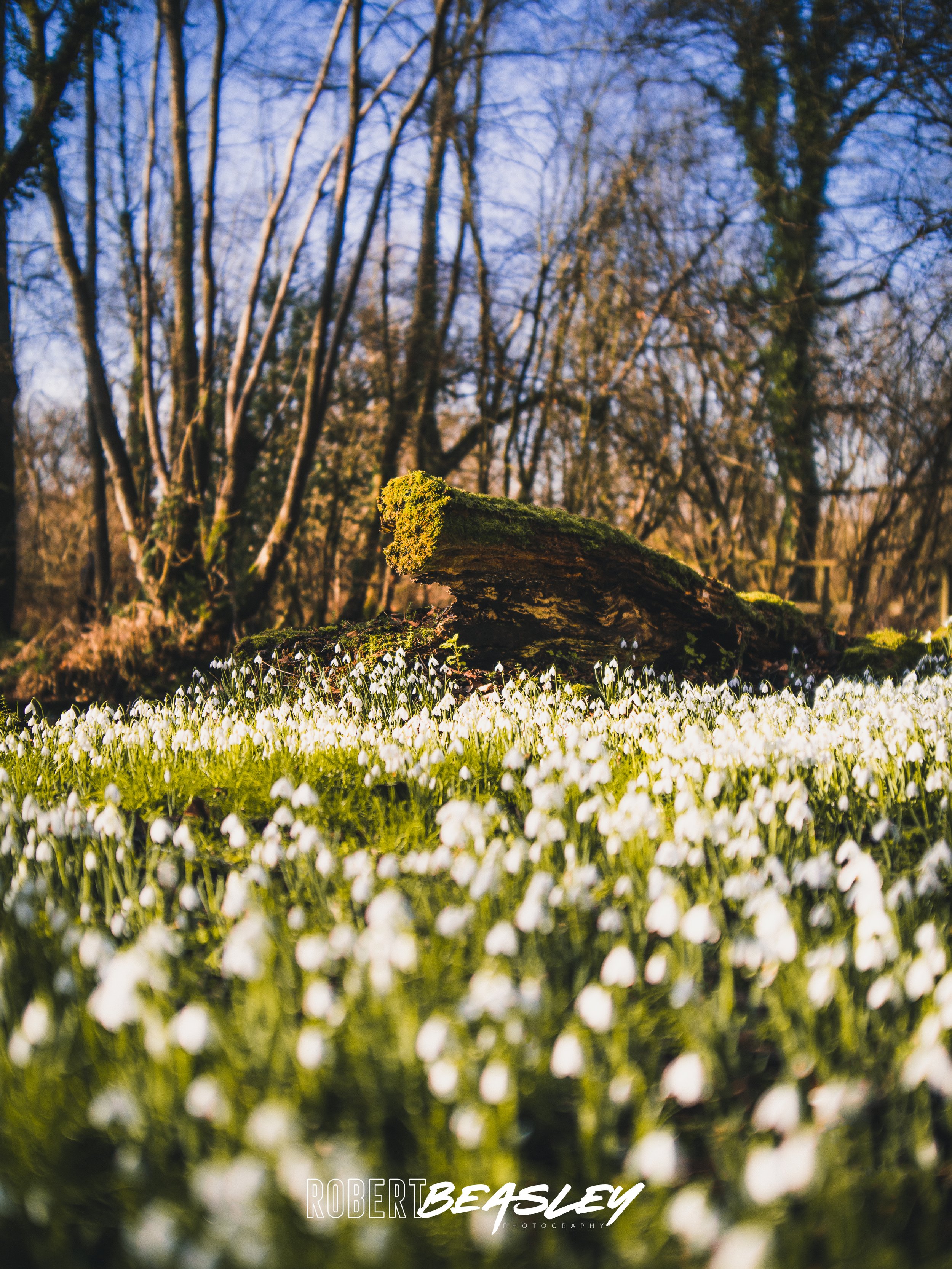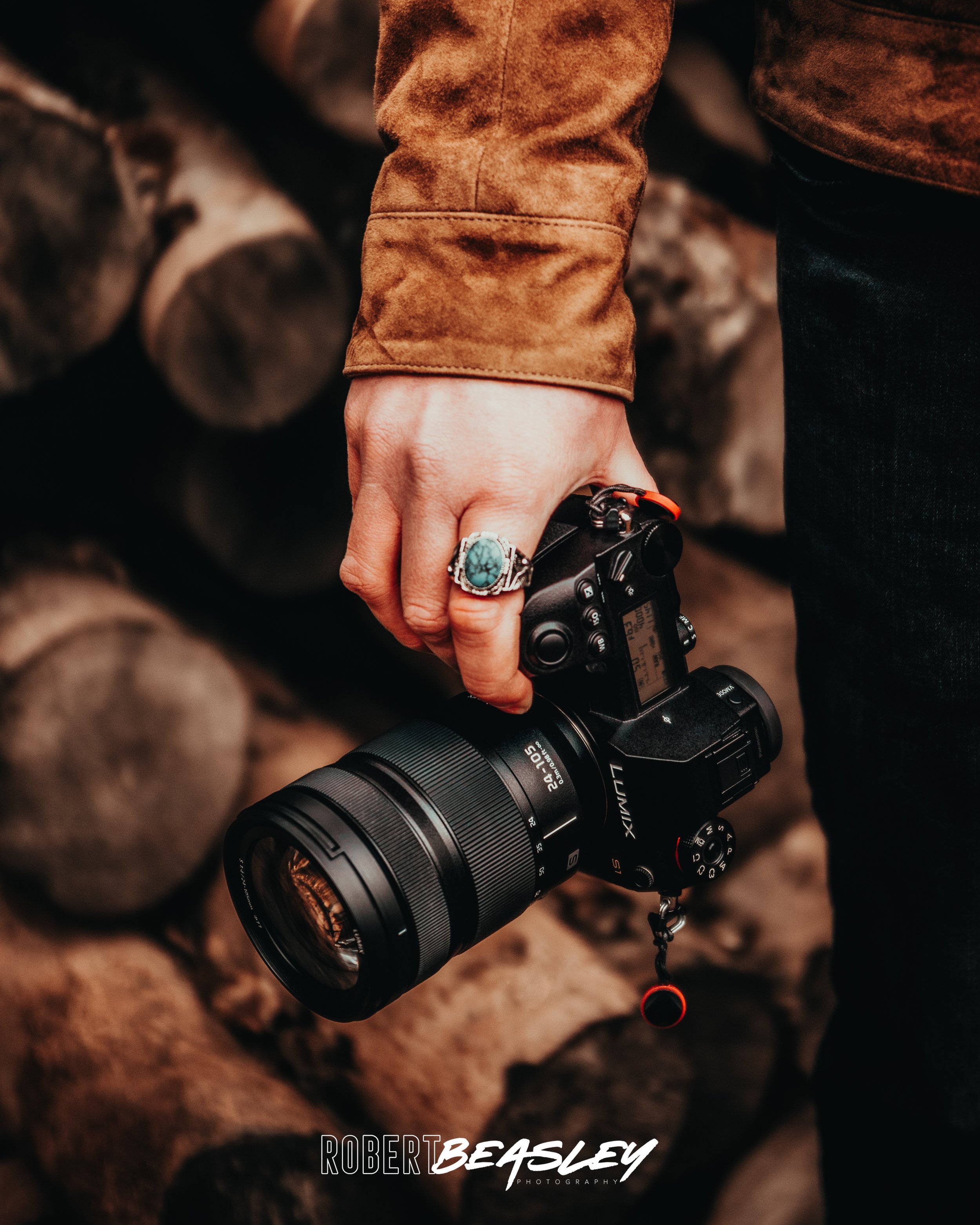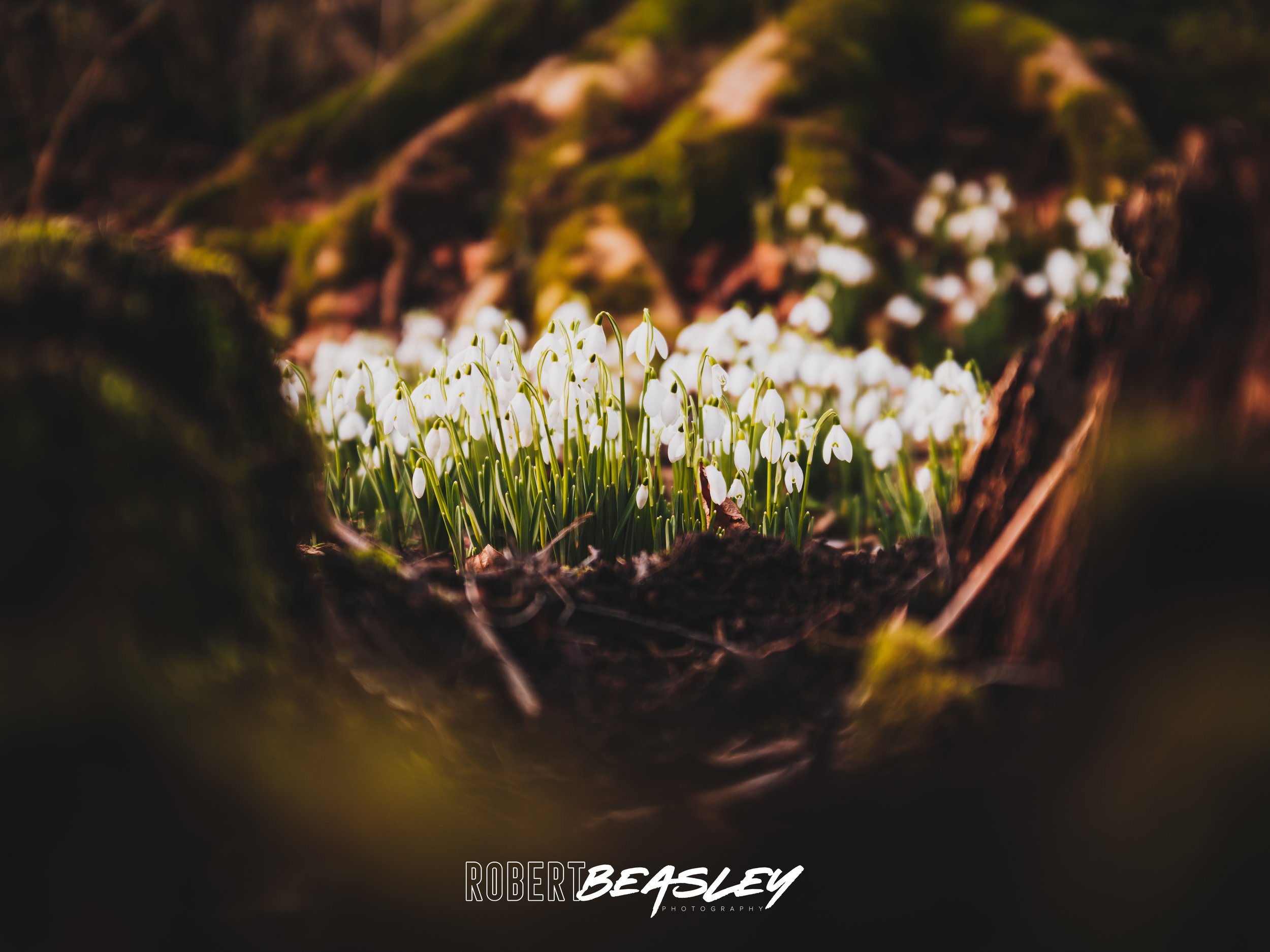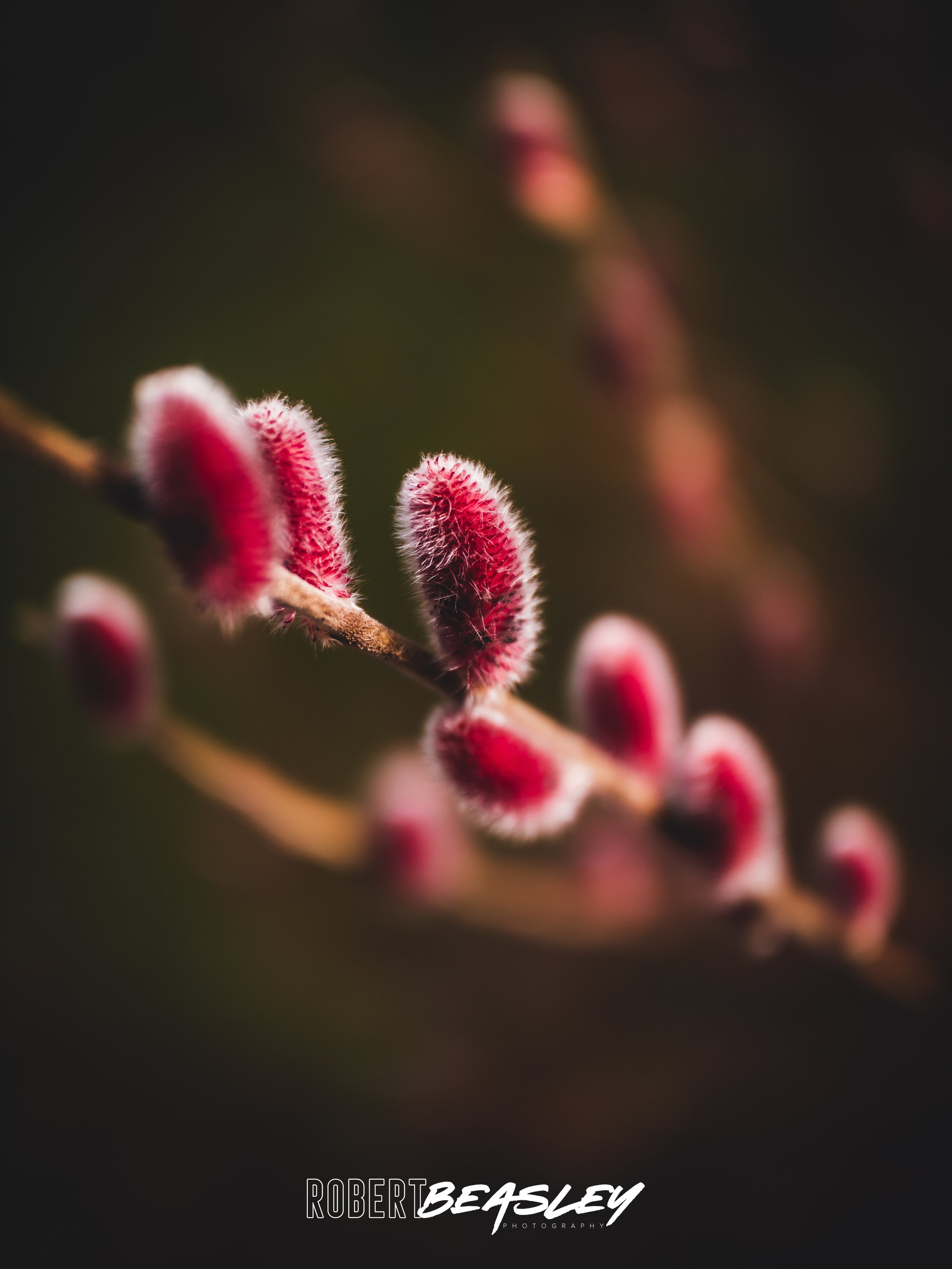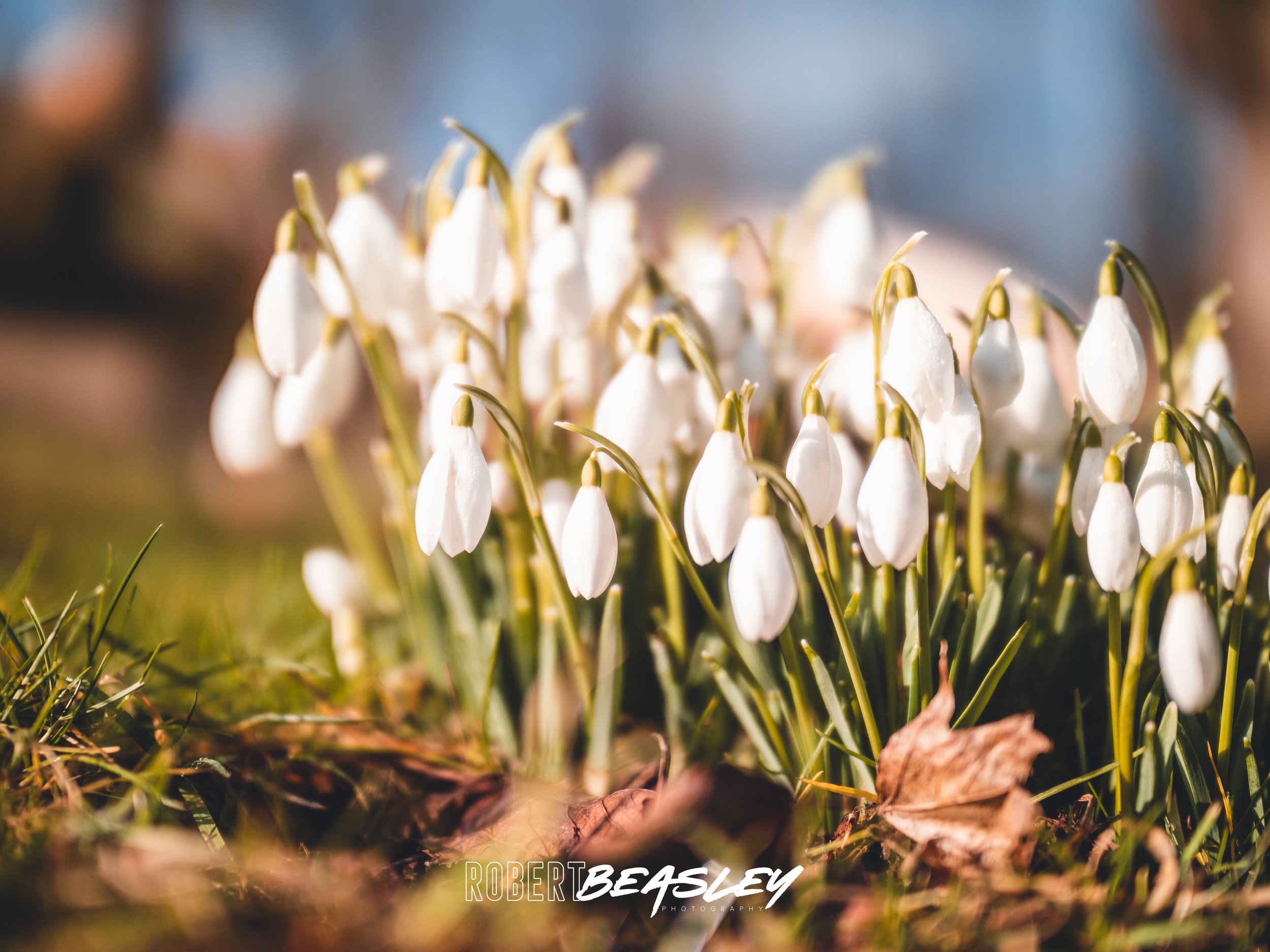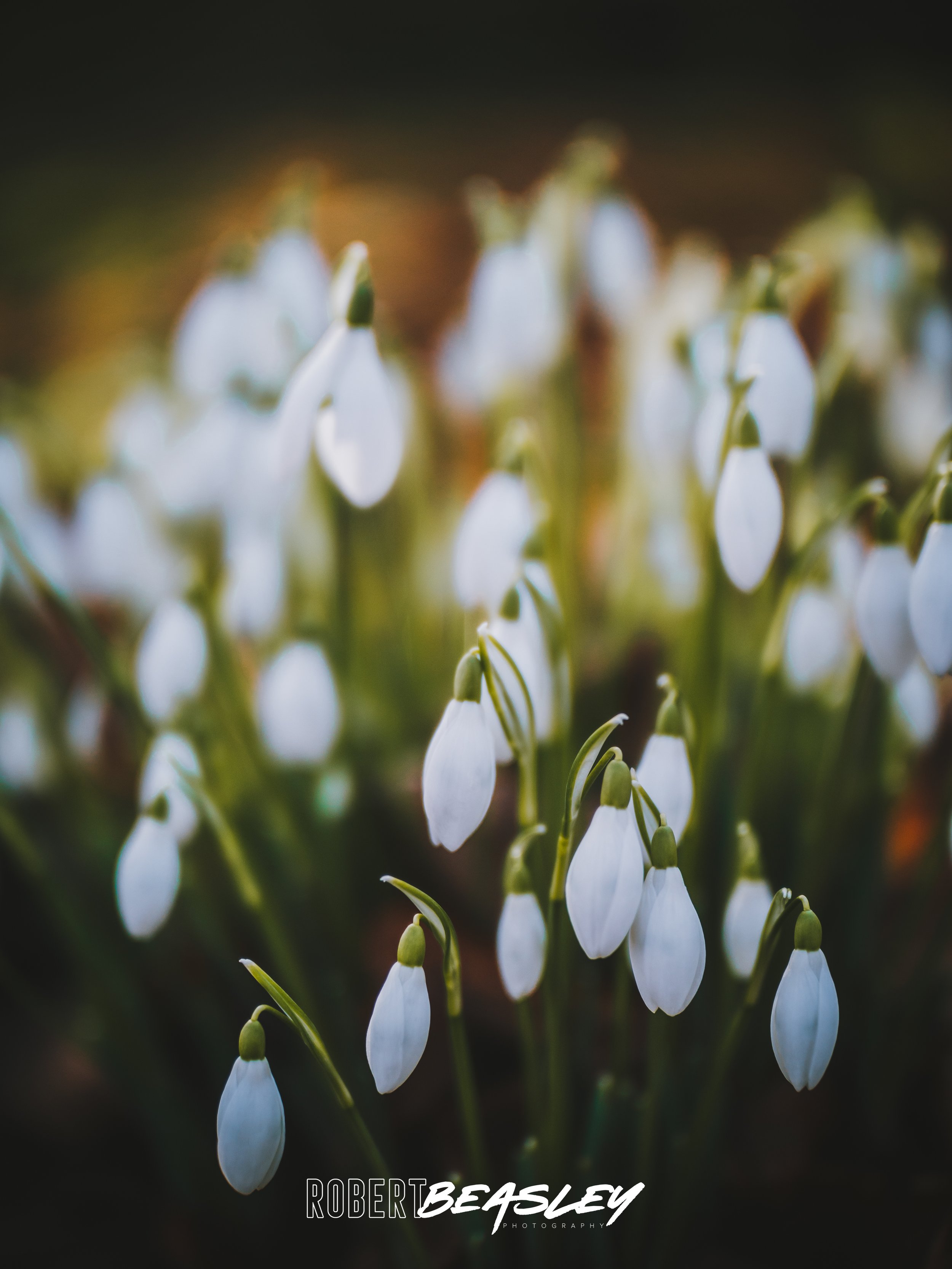Bokeh to the Future
Who doesn’t love a lens with a nice creamy bokeh? As someone who has a mild (to strong) obsession in the aesthetic of vintage lenses; One of my all-time favourite lenses to throw on my camera body has been an adapted Soviet era Helios-44 58mm f2 prime. The M42 mount lens is famous for its swirly dreamlike bokeh and solid construction, with many still in circulation today, being adapted to a multitude of camera systems.
It is for this very reason, that I got very excited when one of my favourite lens manufacturers, Laowa announced a range of super fast (f0.95!) prime lenses early last year. The initial line up included a 35mm and 45mm for full-frame, a 33mm for APO and a 25mm for the Micro Four Thirds system. Laowa have long been known for their innovation within the macro and wide angle field; not only developing but in fact leading the way with award-winning products such as their ultra-wide zero distortion range and macro offerings.
Adding to their existing lines Laowa’s new Argus range boasts a mind-blowing aperture of f0.95 at focal ranges perfect for portrait photography. Unfortunately for the time being there is no L-Mount option for the Argus Full-Frame offerings, but as a long time GH user, the 25mm lens was something that I was eager to try out and luckily the team over at Laowa were able to send me a pre-release sample unit for a month to review.
Build quality & construction
Down to the lens itself, like previous Laowa lenses, this is a full metal affair. It comes with a matching removable metal lens hood pre-installed and a plastic (but very sturdy) lens cap and rear cap.
With the lens being made up of 14 elements and an all metal design it certainly isn’t light, weighing in at roughly 520g; however when you take in to account the weight of a full-frame adapted lens to get a image that comes close to what the Argus produces, then it really is a non-issue, especially when you consider the weight of an adapted Sigma Art 18-35, which is a firm favourite amongst MFT shooters. Even the Voigtlander Nokton 25mm comes in just under 500g.
The lens markings are etched into the metal casing, so there is less risk of them being rubbed off with excessive use over time.
Like all previous Laowa lenses I’ve purchased or reviewed, the Argus 25mm feels built to last and of high workmanship; It is reassuring that with Laowa clearly broadening its R&D to include these new primes that no compromises have been taken in regards to using cheaper materials as a result.
What’s in the box
The lens came enclosed in this minimalist slip case, which slotted over a smart box, along with the lens being surrounded in a thick layer of foam the lid itself was also lined, meaning full all-round protection.
I know its a small thing, but lenses are not cheap and I have received orders in the past, where the lens is knocking around in a thin fabric drawstring bag inside a flimsy box with no padding… which hardly screams premium product (despite the premium price)
As this lens was designed specifically for the Micro Four Thirds (MFT) mount, for this review, I used it on my trusty Lumix GH5.
I have been a MFT user since the GH2 many moons ago, but having mostly shot with the S1 since launch, my GH5 doesn’t see as much action anymore as it should, so I was interested to see if that would change after spending a month shooting with this lens.
First impressions upon mounting the lens on the GH5 were good, with the mount feeling nice and solid and with absolutely no movement. The lens felt balanced on the GH5 and not front heavy as is often the case when using non-native lenses. Having been used to shooting full frame for while now, I have to admit I do love the more compact nature of MFT systems (and so does my back when packing multiple lenses for a trip).
In general ergonomics, when mounted on the GH5 the Argus felt good in the hands, not only in regards to weight, but fast, comfortable access to its aperture and focus wheels, located at the back and front end of the lens respectively.
This lens is fully manual, so if your a shooter who relies on auto-focus, then your out luck until the LiDAR accessories in development for manual lenses becomes a bit more accessible. There is also no communication chip to pass through lens EXIF info or for aperture control. However adding this on future iterations of the lens is not out of the question, with Laowa having revisited some of their lenses such as the 7.5mm f2 Wide Dreamer and adding a communication chip to allow for Auto-Aperture functionality.
The aperture wheel on the 25mm Argus is clickless and smooth, which makes it great for video applications; the focus wheel is also well balanced in regards to its resistance when in use; what I mean by that is sometimes with manual focus lenses, it can be too easy to ‘overclock’ when rocking on the focus wheel.
Regardless of the system I’m shooting on, when shooting with manual lenses I do heavily rely on Focus Peaking for assistance (even more so with ones with large apertures). As the background gets buttery soft when shooting wide open with the Argus, I bumped up to GH5’s peaking sensitivity to high, which seemed to work with my shooting style, but everyones methods are different when it comes to shooting with manual lenses.
First impressions
The first opportunity I had to shoot with the Argus 25mm was a cold, crisp (and a rare dry) day in December. Eager to get away from the incessant staring at screens I’ve become accustom to during the pandemic, I wrapped up, camera in hand and went for a stroll in my hometown of Abingdon-On-Thames, in Oxford. I headed in early afternoon, keen to get some of the low winter sun.
As you can see from the gallery above, I tried to get a mixture of shots at different distances and in various lighting conditions as the sun began to set. One of my favourites being the shot of the flooded boat, where the large aperture is able to separate the reflection on the water inside the boat perfectly at f0.95 (as well as introducing a mild bit of flaring to the side). When thrown wide open the Argus is tack sharp in the centre of the frame with the bokeh having a nice gradual fall off to the edges of the frame.
Some f0.95 lenses I’ve used in the past aren’t realistically usable until you stop them down to something like an aperture of f1.4, which begs the question of making it so wide in the first place. Usually when wide open these lenses are littered with flares, chromatic aberrations / fringing. However even wide open the Argus 25mm didn’t seem to suffer from these issues.
Another problem I’ve come across in the past when using lenses with such wide apertures, is that wide open and with the “dreamy bokeh” it becomes increasing difficult to get the right amount of your subject in focus and colours in the out of focus areas of the images just become mushy and very hard to process in post without highlighting or introducing fringing and strange artefacts in the bokeh, safe to say I didn’t suffer from any of these issues when editing my shots from the outing in Lightroom.
Bokehlicious
As discussed previously, an aesthetically pleasing bokeh, without it being too distracting, littered with artefacts or fringing is pretty hard to come by without paying crazy money. So I really wanted to put the Argus through its paces and see whether or not shooting wide open at f0.95 was really an option giving useable results.
I shot some non-scientific, no pixel-peeping aperture comparisons throughout my time with the lens, during different situations and lighting conditions, just as as way to illustrate how the change in f stop changes not only the bokeh, but the overall image as well.
As you can see in the chart above, the bokeh at f0.95 is nice and “creamy” with the focus always been set to the face of the figure; wide open his nose and eyes are in focus with the detail around his eyes, hair and body falling off pretty rapidly, but I would argue not in a particularly displeasing way if the dreamy look is what the shooter is going for. Some of the ‘bokehlicious’ lenses I’ve shot with or seen examples from can really struggle when there is a lot of colour going on with the out of focus part of the image, often resulting in strange colour patterns where one colour crosses over the top of another. As far as I could see during my testing with the model I was given, the Argus even at f0.95 had no issues rendering the different reds, pinks, greens, blues and yellows from the lights I placed in the background of the scene on a constant light setting.
For me, whilst I do like the dreamy look of this lens wide open for the right subject / aesthetic, where this lens shines is its ‘sweet spot’ at f1.4, I just loved the image it produced across the whole frame, with a pleasing focus on the chosen subject whilst maintaining a lovely bokeh in out of focus areas, for me the separation is perfect on this focal length at f1.4.
Video Test
Next, I wanted to see how the f0.95 aperture would fair when used in a video application. Flaring can be even more prominent when shooting video as opposed to stills, so I wanted to see what the image would look like when the aperture is fully open, shot against a backdrop of nothing but lights and with some slow camera movement. Again, this is purely an aesthetic test; if I were shooting talent in an interview or a product for example I would generally stick around the f2 / 2.8 mark, but there are a few instances I can think of where having that super wide aperture would be incredible for B-Roll, so I really wanted to see if the Argus gave usable results.
For the test above I used the Argus 25mm again mounted on the GH5, this time capturing some motion controlled shots of some Christmas Gins from the supermarket, using the iFootage Shark Slider Nano, an awesome motion controlled slider, which I will be looking at in more depth following this review.
As this lens is fully manual with no autofocus or image stabilisation, I tried to do a mixture of shots some with the camera moving across the subject from side to side, pre-setting the plane of focus beforehand and others towards and away from the subject, setting the focal plane at the end of the given camera movement.
The only light source for this set up was the fairy lights in the back of the scene an a small diffused window to the left hand side, other than that the footage is all downsampled 4K footage straight out of the GH5 with no grading or adjustments. Whilst the focus is slightly soft in a few shots (where I didn’t place the bottles back in exactly the same spot after shaking them) overall I was pretty happy with what I got, I only had about an hour to get the test done.
At f0.95, the bokeh in the lights at the centre of the frame is certainly much more rounder in shape, with it becoming increasingly more oval in appearance towards the edges of frame. Again, as shown in the image below, stopping down the lens to f1.4 negates this and gives a much more uniform bokeh across the frame.
I can certainly see some mild jittering in some shots, which I now know after further testing is due to the in body image stabilisation on the GH5 working against the motion of the slider, and not lens I was using (always something new to learn!)
Perfect for portraits (and pets…)
With a full frame equivalent focal length of 50mm (the Micro Four Thirds system is a 2x crop), and allowing for super shallow depth of field, obviously the Argus is perfect for portrait applications (and pets!) The other lenses in the Argus series are already being marketed as portrait beasts (and rightfully so!)
I was due to attend a portrait workshop in London, where I had hoped to get lots of sample images with the 25mm, however due to the pandemic that unfortunately didn’t end up going ahead, so until I’m able to get my hands on the 25mm again in the future the portrait shots I have for this review are limited to ones of my wife, our cats and my mug (sorry)!
For most of these shots I alternated between using an aperture of f0.95 and f1.4 and focused on the subject’s eyes using the GH5’s focus peaking set to high sensitivity. Portrait photography, generally isn’t my forte, and its an area I’m trying to improve on, but overall I was really happy with the shots, especially considering they were all shot manual, handheld, using natural light and on a sensor I have typically struggled with in low-light.
London calling
With the pandemic starting to level out for the time being and things starting to re-open steadily, I was excited to head to London, for my first trip to the capital for over 2 years. I took the Argus 25mm on the GH5 with me, along with my favourite combo for architecture and city shooting, the Lumix S1 with Laowa 12mm f2.8.
As much as I love the S1, shooting in tandem with the GH5 really brought into focus just how lightweight the Micro Four Thirds system is in comparison to its full-frame counterparts.
I got into London for midday and headed straight from the train station to catch a tube to Kings Cross station, grabbing a few shots in the underground en route. I’ve wanted to shoot the modern architecture of King Cross for a while now, so I was excited to see what I could capture there with the 25mm. I worked my way, camera in hand down the River Thames, capturing Tower Bridge from a few angles along the way until I got to St. Paul’s Cathedral just as the light was starting to turn and the sun set across the city. Of all the shots I got on the day the ones I grabbed of Cathedral are among my favourite images I’ve got since shooting in New York.
I can see the stars
The 9 aperture blades really help give a pleasing sunstar pattern when pointed at a direct light source, without any dominance or major flaring over the image, as can often be the case with lenses that boast such large apertures. As I’ve mentioned previously, I love the bokeh and the overall look the Helios lenses gives, but if there is any direct sunlight in or just to the side of frame then the flaring and shifts in colour renders it pretty useless in those situations. As you can see in one of my snow drop photos a bit further down in the review, even when pointing the Argus 25mm wide open into the sun, the flaring is well controlled and pleasing to the eye, for my tastes. Something I put down to the lens elements and coatings used by the wizards over at Laowa.
Obviously each shooter is different, and for a lens this fast I would usually adopt a ND solution for shooting in bright conditions, but for this review I didn’t really want to put anything in front of the glass which may or may not result in a colour shift.
Testing, Testing …
I wanted to capture a few more aperture comparisons, just to illustrate how the change in f-stop effects the overall IQ when shooting with the Argus; so I took a break from the screen and went for a stroll in the local woods, with my wife Nicola capturing these shots of me looking very moody (the sun was out and I forgot my glasses) along the way.
Whilst these are no way scientific or carried out in controlled conditions, I think they show how the bokeh and overall image changes as you stop down the lens from f0.95 to f11.
‘If you go down to the woods today’
Before I had to return the lens (begrudgingly) back to Laowa, I wanted to take it to a local woodland area known for its carpet of annual snow drop flowers, which are only usually on display here in the UK for a few weeks. I’ve loved shooting flowers and blossom with my Helios over the years, so I was excited to see what I would be able to achieve with the Argus.
I loved the subject isolation generated by this lenses bokeh; sometimes when you have a ‘swirly’ type bokeh and there is lots of small details in the background (in this case other flowers), then the effect can be overly distracting and only countered by stopping it down, thereby changing the depth of field. But even at f0.95 the swirly effect is still present on the fine details in the background, but not so prominent that it distracts from the focal point in the foreground.
Low Light, No Problem
In a world where everyone is clamouring for the latest Full-Framed offering from the big boys, it was really refreshing to go back to a smaller (and considerably lighter) set up, without compromising on image quality and still being able to achieve that super shallow depth of field aesthetic. Yes, for many applications where IQ is paramount full-frame will always be the king. But as someone who started off on the MFT system and then migrated over to full-frame, I have to say my time with the Argus, surprised me more than I was expecting!
I love shooting with vintage glass, the more obscure the better, but often when shooting with those types of lenses, there comes a point, an intervention if you will, where you have to reflect on the real world viability of using such glass on corporate shoots. Of the dozens of old lenses I own and shoot with in my spare time, I can probably count on one hand those that I would be willing to (and have) used on client shoots. That’s not to say I couldn't use any lens if I felt the shoot / subject warrants it; its more weighing up working against the lenses quirks during the shoot and then what ‘fixing’ it will take in post to get the image to an acceptable level.
For me this latest offering from Laowa is the best of both worlds, bringing that vintage lens aesthetic bang up to date, but without any of the quirks and image compromises that comes with it. From my relatively short time spent with the lens, I can safely say that I am a big fan of the overall image it produced between f0.95 and f4, especially considering some of the applications I put it through, I would usually opt to shoot with the full-framed S1 instead. Whether you’re like me and shoot a mixture of video and stills, or you shoot exclusively in one camp, if you’re a MFT user, I urge you to try out the Argus 25mm f0.95 for yourself; as I can bet there are a lot of shooters for whom having this in their arsenal will solve certain limitations or open up creativity in their own work.
One of the things I have always admired about the Micro Four Thirds system, is how accessible it is to everybody, with an ever-growing plethora of lenses; whether you are just starting out and finding you photographic feet, with your first interchangeable lens system, or wanting to shoot a feature in anamorphic, its a great system that you can really grow with as you develop as a shooter.
I can’t speak for the full-frame Argus lenses available, as unfortunately at the time of writing there currently are no L-Mount options available, however if I was a Nikon, Sony or Canon RF shooter I’d certainly jump at the chance of having an Argus f0.95 in the camera bag with me.
However with the recently announced Lumix GH6 and Olympus OM-1, along with Laowa’s new Cine MFT range of glass, this Argus 25mm f0.95 really is the icing on the cake for MFT shooters right now. For a system many were fearing would fade away very soon, it has to be said that so far 2022 has seen the triumphant return of Micro Four Thirds, and for someone who started their career on MFT I couldn’t be happier.
For me personally it has really has breathed life back into my GH5 and I can’t wait to get my hands on one in the future!
What are your thoughts?
Is the Laowa Argus 25mm f0.95 a lens that interests you? Do you have any questions about the lens? What did you think of what I had to say and what I captured with the lens? and now Laowa have ventured into the portrait lens field what would you like to see them come out with next? Let me know in the comments section below.
Specs
Focal length: 25mm (50mm Full-frame equivalent)
Aperture range: f/0.96 - f11
Minimum focus distance: 25cm
14 elements in 8 groups including 1 aspherical, 1 ED and 3 high refractive index
Aperture: 9 blades
Filter thread diameter: Ø62 mm
Viewing angle: 46.7 °
Dimensions: Ø71 x 86 mm
Weight: ~520g
Price $399
Available to purchase through the Laowa website here
Just a quick disclaimer to my review with, I was loaned the sample version of this lens for a month to test out free of charge, before returning it to Laowa; however I am not paid or compensated for the long amount of time I take to test and complete my review, therefore when it comes to reviewing gear, my views and opinions are solely my own and driven by my passion for photography. I only review gear from brands I believe in and who’s gear I have purchased myself and use day in day out for my own work.








